Below is the full thread of my mini-adventure on 29 April 2022, an analogue for Phileas Fogg’s famed voyage, but contained within central London. I’m truly grateful for the enthusiasm people showed for it!
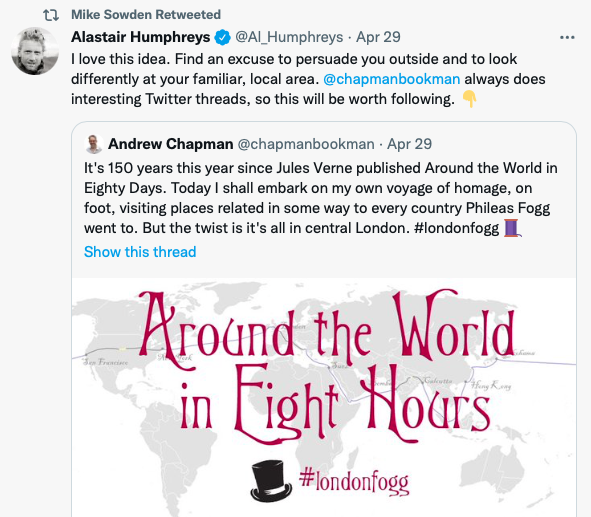
It’s 150 years this year since Jules Verne published Around the World in Eighty Days. Today I shall embark on my own voyage of homage, on foot, visiting places related in some way to every country Phileas Fogg went to. But the twist is it’s all in central London. #londonfogg 🧵 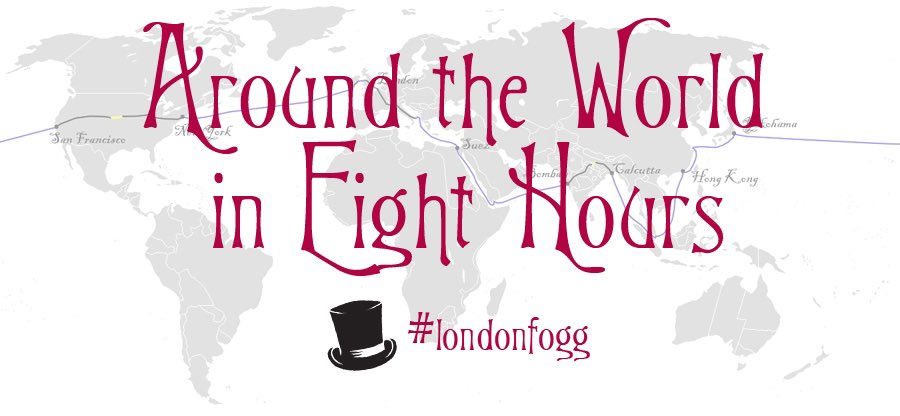

With London being such a cosmopolitan city, on this tiring trek by foot I hope to show you some interesting corners of history, literature and geography. Google says my route will be at least 21.6 miles and take 7 hours and 27 mins (with no stops). The game’s afoot… #londonfogg
The adventure begins at the Reform Club, where Phileas Fogg fictionally agreed to wager that he could circumnavigate the world – in the age of rail and steamers – within 80 days. (Trollope’s similarly named 1867 novel Phineas Finn also features the club. Phishy?) #londonfogg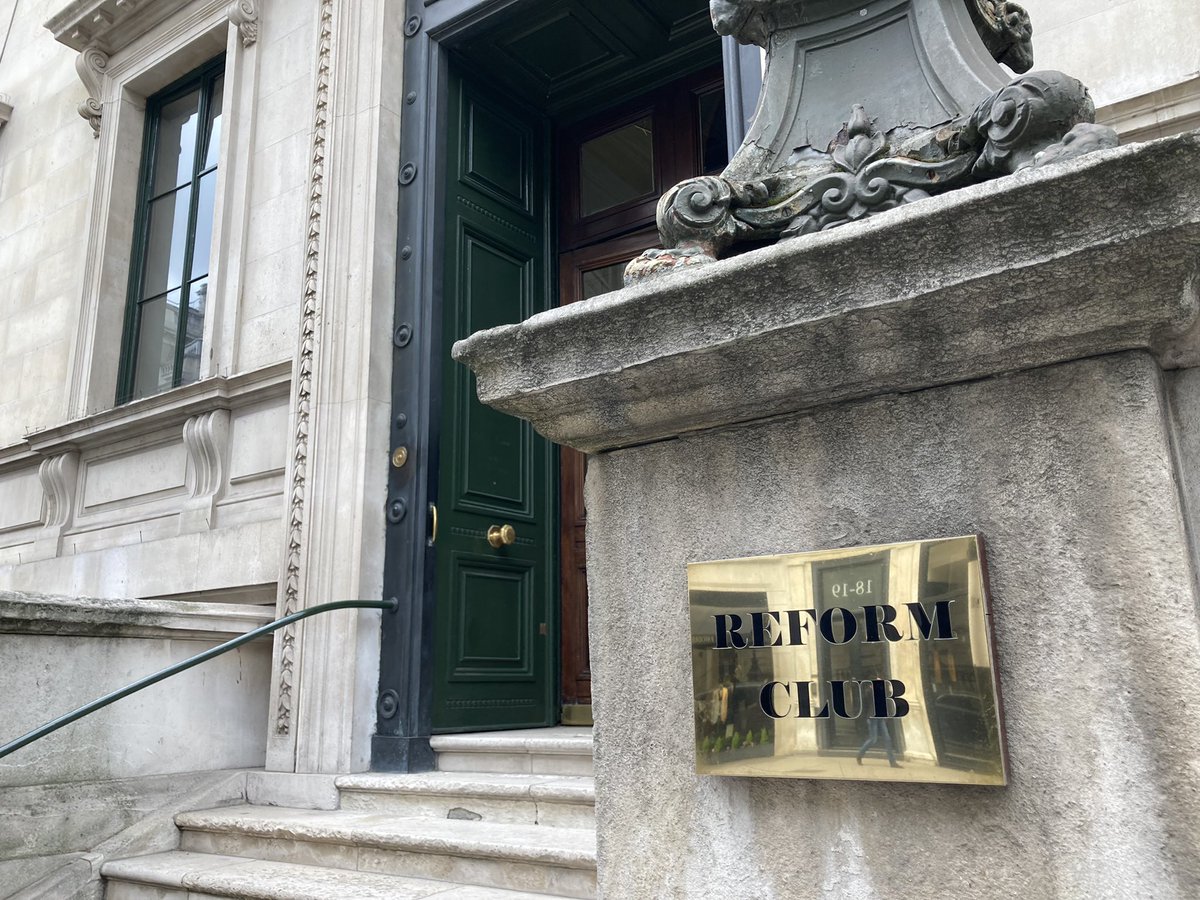

The Reform Club (Verne: “a huge building in Pall Mall”) was founded by political progressives in 1836, supporters of the Reform Act 1832, which improved access to the vote (unless you were female or poor…). The premises still here was modelled on a palace in Rome. #londonfogg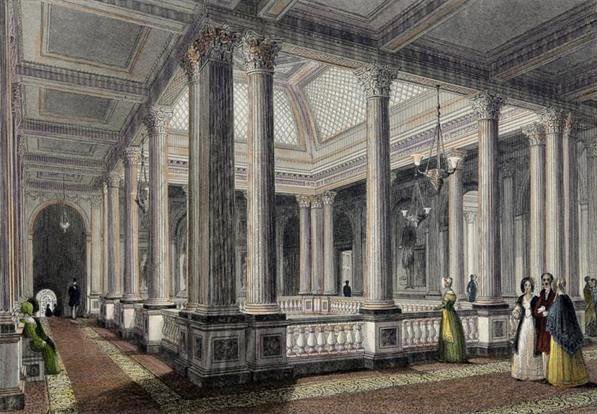

After Phileas made his £20,000 wager, he had to pack – well, his servant Passepartout did. “We’ll have no trunks; only a carpet-bag, with two shirts and three pairs of stockings for me, and the same for you…” – so first he went home to 7 Savile Row. #londonfogg

Verne wrongly said 7 Savile Row had been playwright Sheridan’s address (that was No. 14, later home to fashion designer Hardy Amies) but he was right that these 1730s houses formed “a fashionable address”. In Fogg’s era the Royal Geographical Society was at No. 1. #londonfogg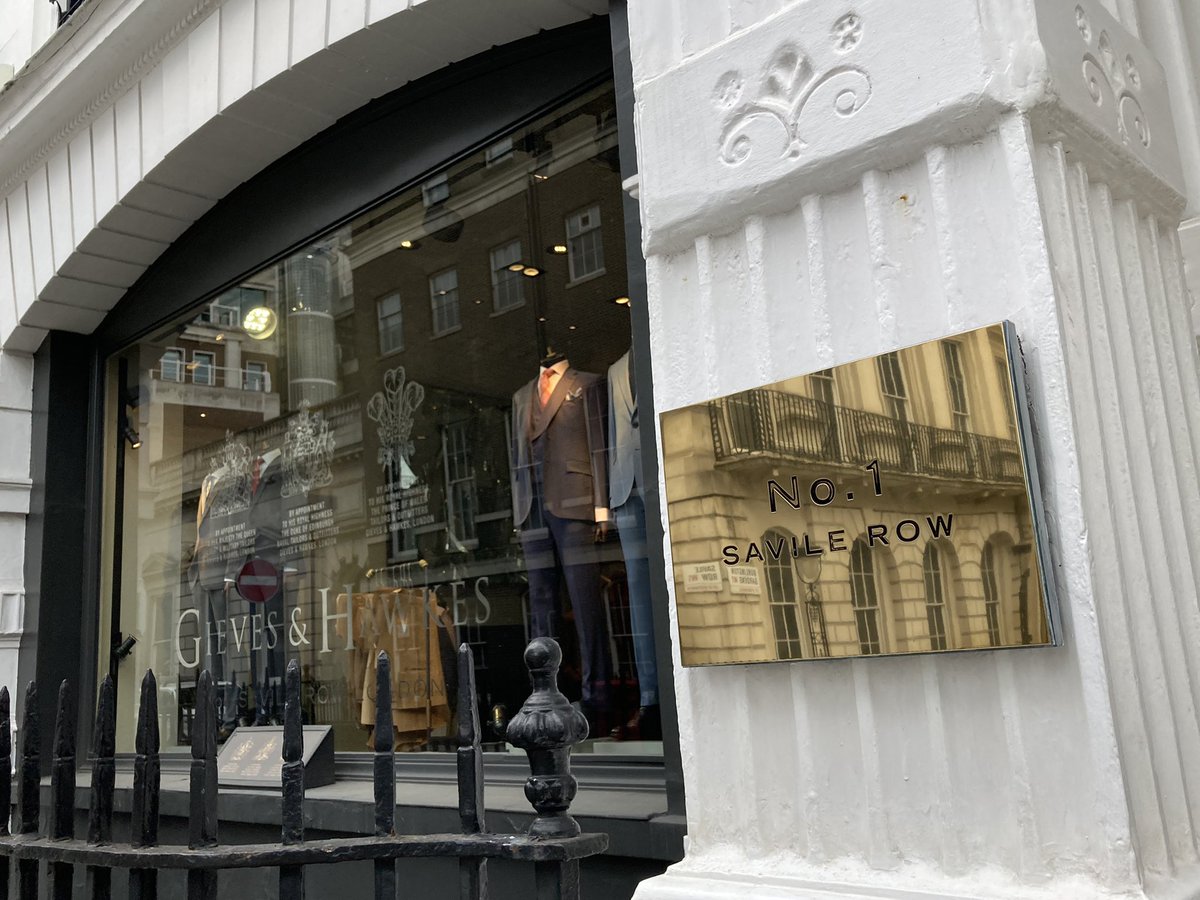
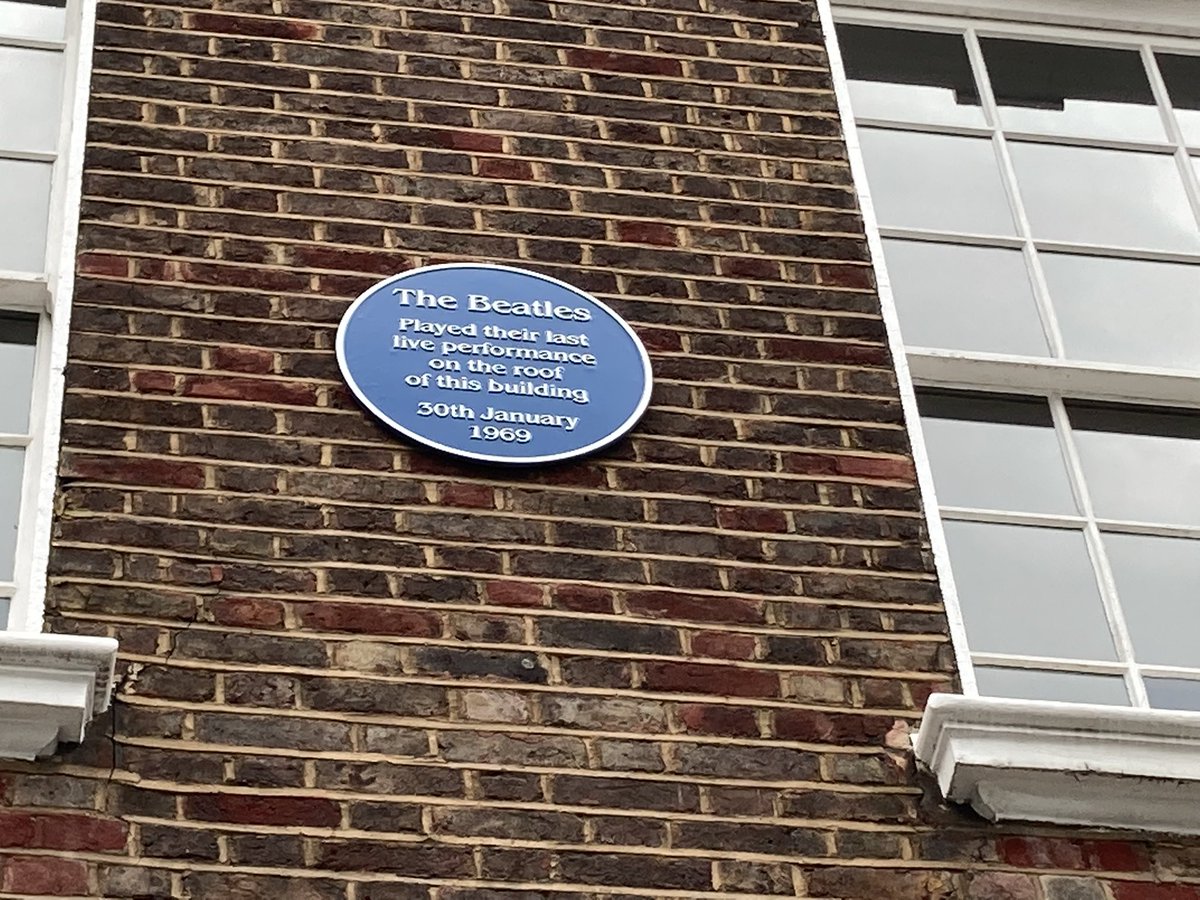


This is my #londonfogg version of Passepartout, by the way: a document wallet with some spare socks! 🧦 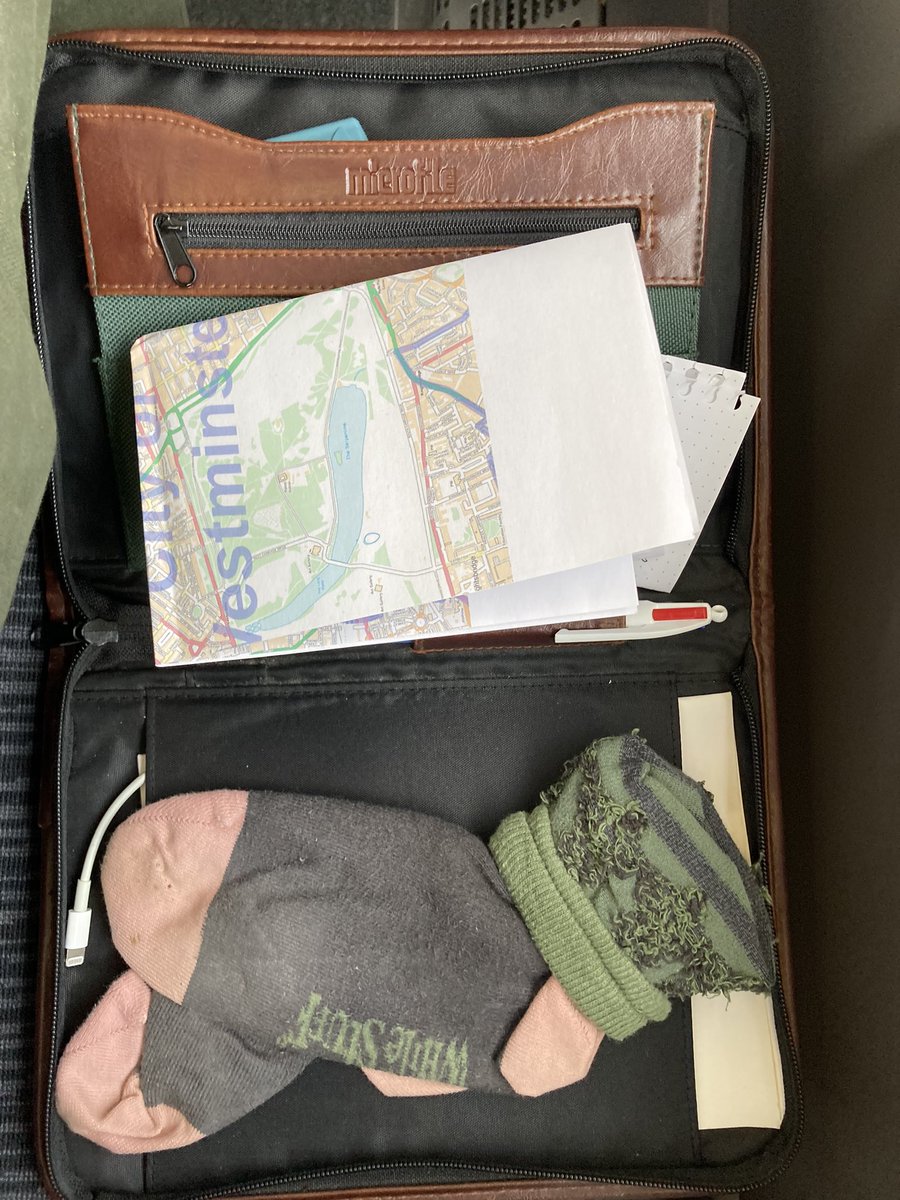

Kazakhstan already! Oops, wrong story. #londonfogg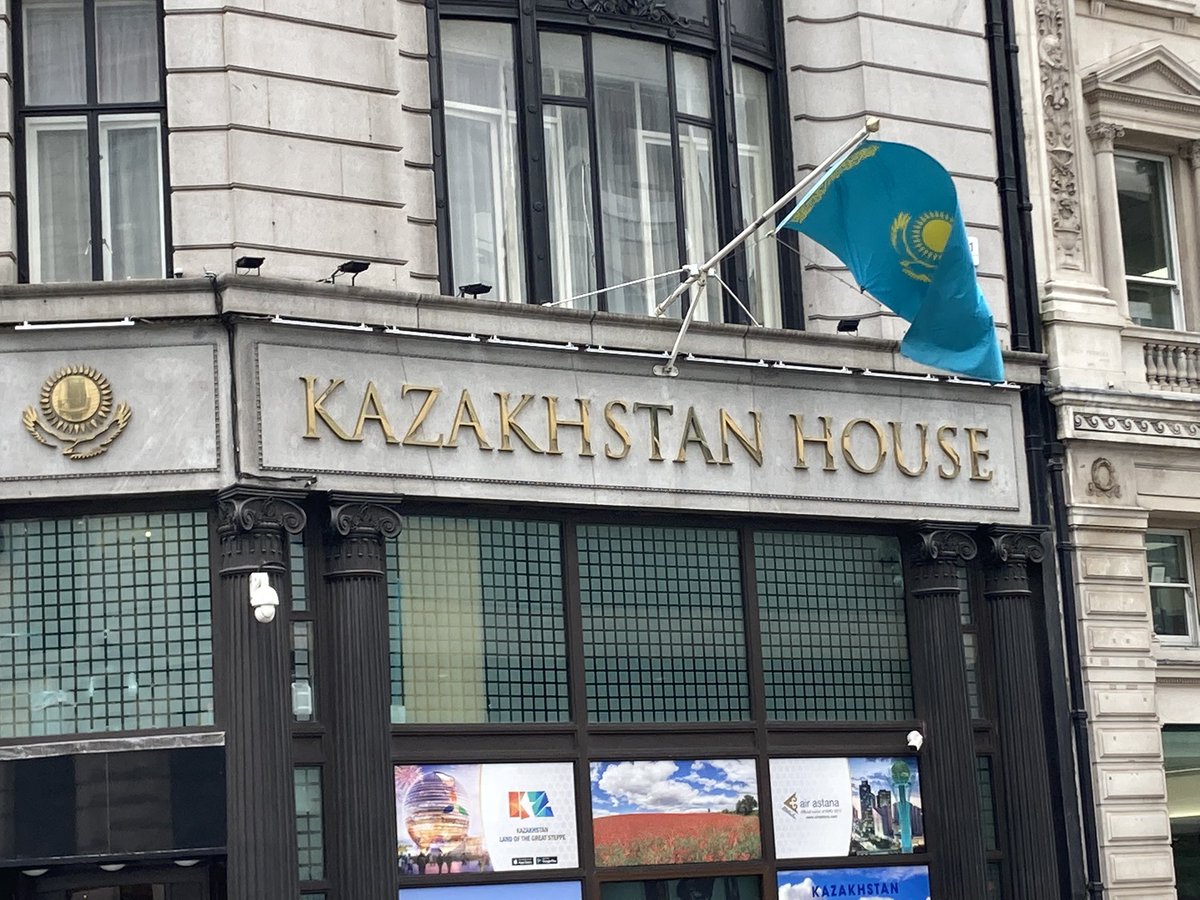

Fogg and Passepartout only had 10 minutes to pack, before dashing (by cab) to nearby Charing Cross station. (Google says it will have taken me 29 minutes to get here from the Reform Club via Savile Row – I’ve done it in 26) #londonfogg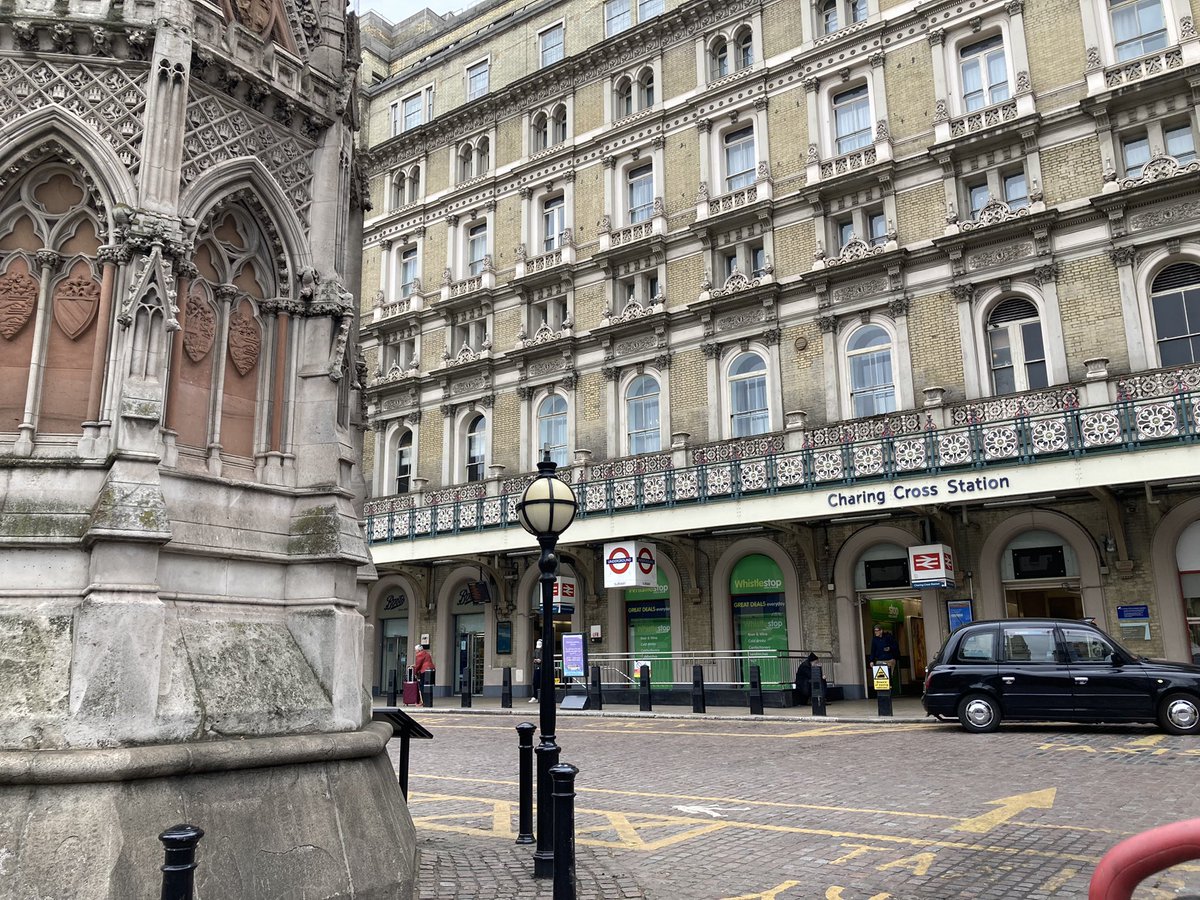
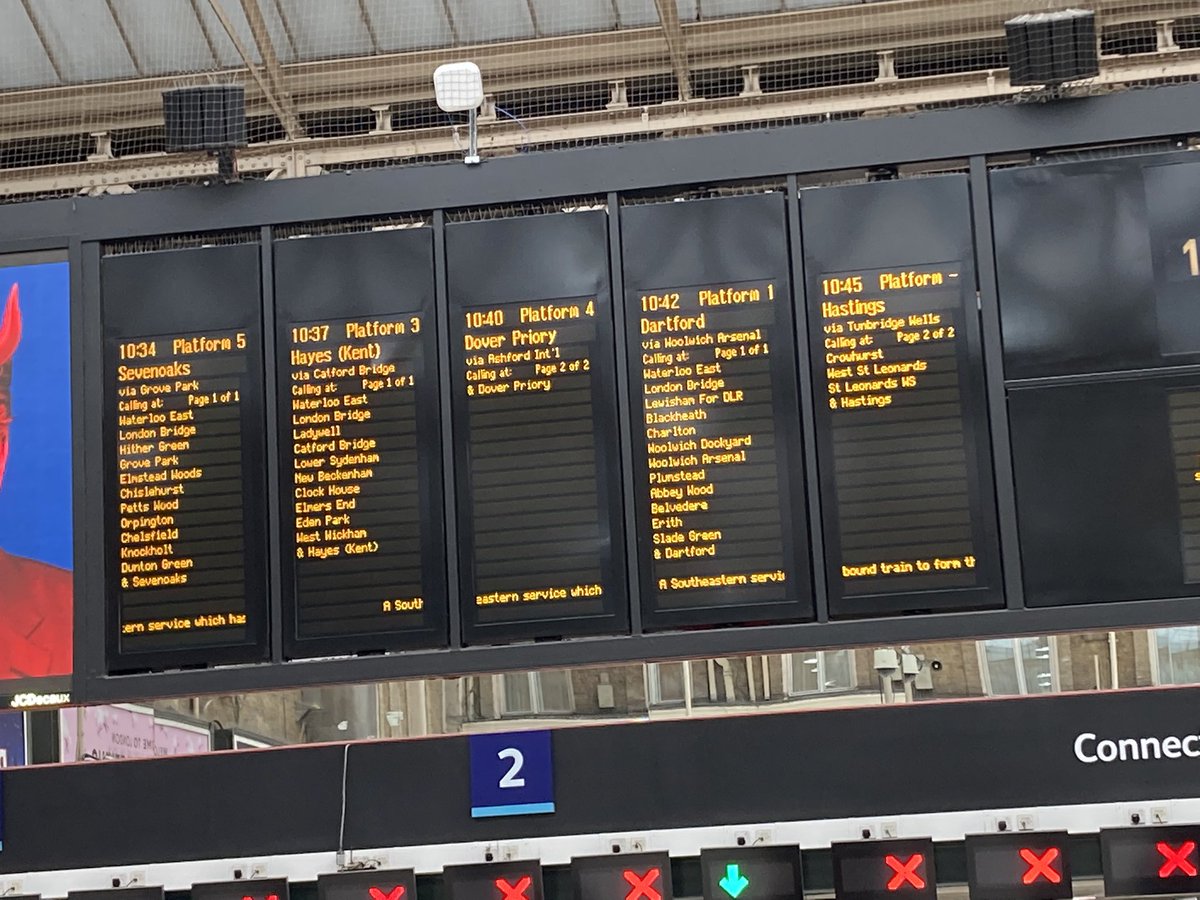


Distances from London are measured from the site of Charing Cross (see #bus24!), originally the last of the Eleanor crosses built by the mourning Edward I in 1294 and destroyed by Cromwell. The nearby cross here now is a Victorian fiction, like Phileas Fogg himself. #londonfogg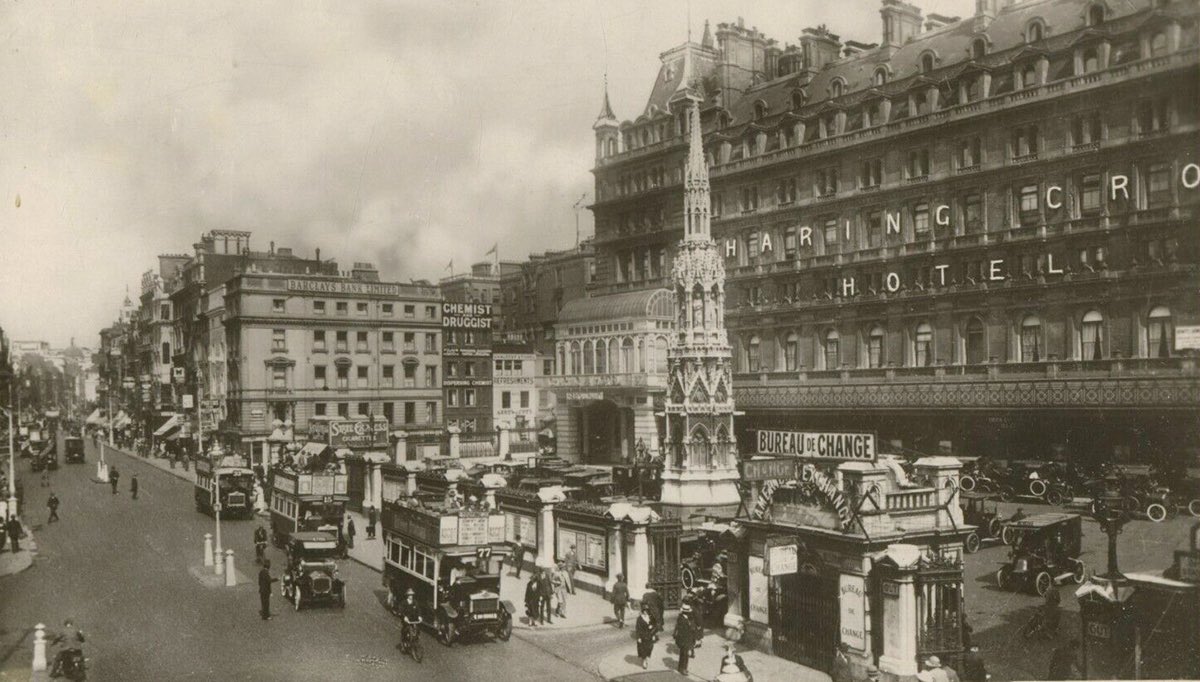

Fogg dashed to Dover (London has a Dover Street with many cultural links, with past lodgers including Anne Lister of Gentleman Jack fame and Chopin, plus the world’s first telephone call was made at Brown’s Hotel) but let’s head for France. #londonfogg
Oops: I’ve already dropped my scribbled itinerary somewhere! Let’s hope I can rely on the Baedeker of my mind. #londonfogg
How to represent France in London? South Kensington is something of a French quarter now. There were the Huguenots of Spitalfields. Or there’s Paris Garden near Blackfriars (but south of the river so not allowed). But instead I have opted for a 0.9 mile dash to… #londonfogg
Petty France (from ‘Petit’). This was another Huguenot settlement, of wool merchants. It later became York Street after one of the less controversial Dukes of York but it reverted to the original in 1925. It was the first London street to be paved for walkers like me. #londonfogg

John Milton, Jeremy Bentham and William Hazlitt all lived in this house (not at once 🙂). The passport (Passepartout?) office was in Petty France 1952-2002. The brutalist Ministry of Justice is here today. #londonfogg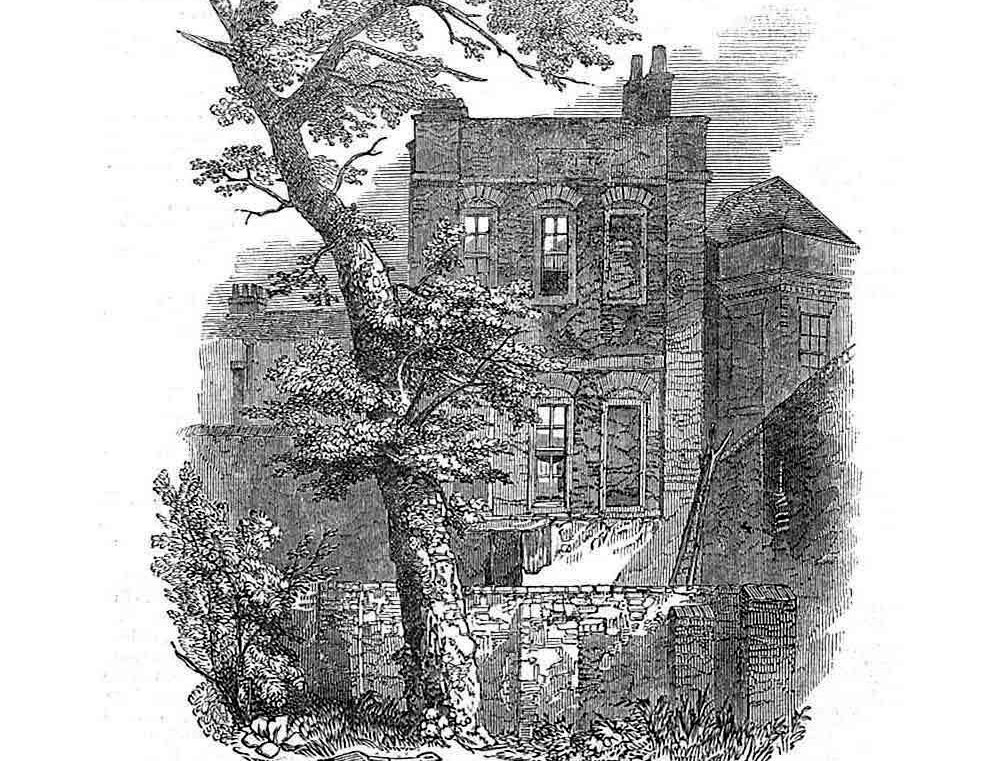
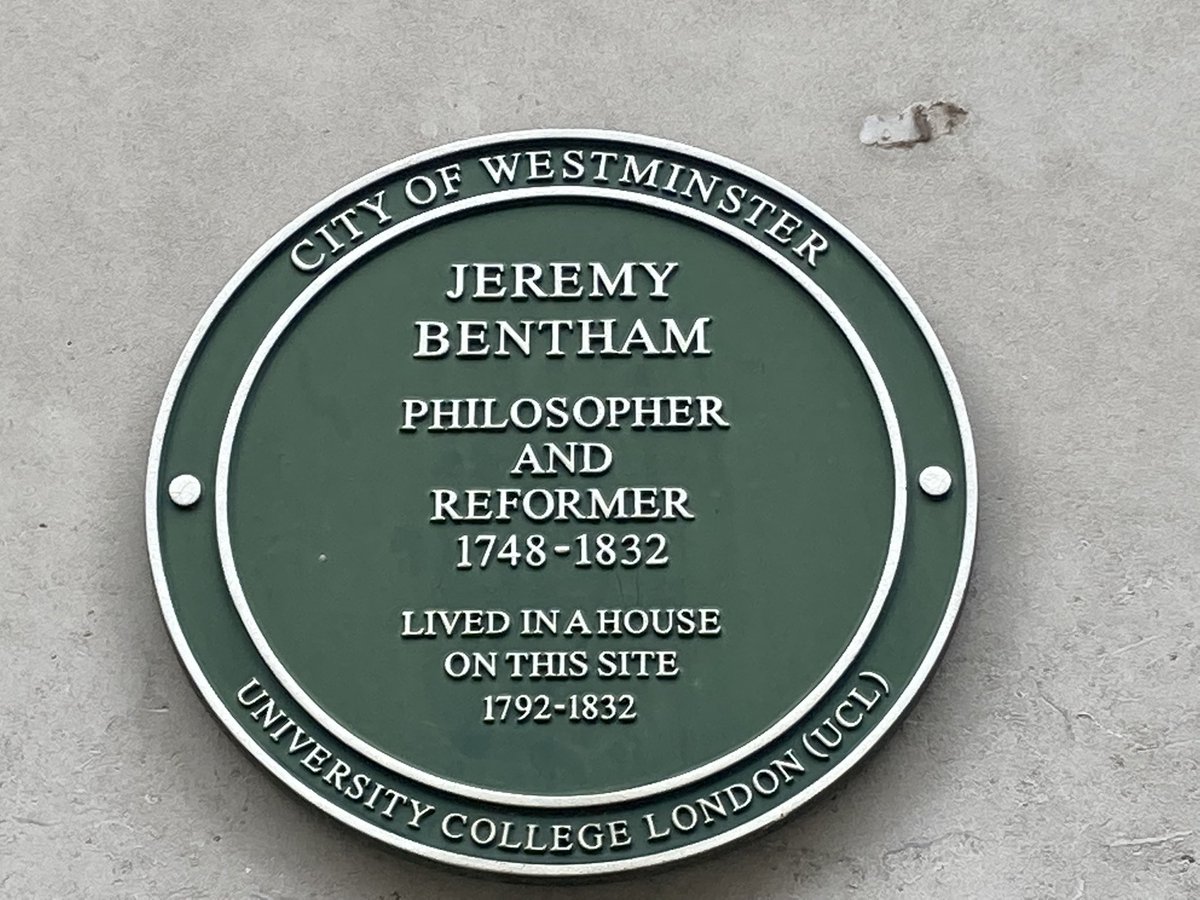


London offers a bottomless well of international stories – here’s one found in passing in St James’s Square en route to my second French area… #londonfogg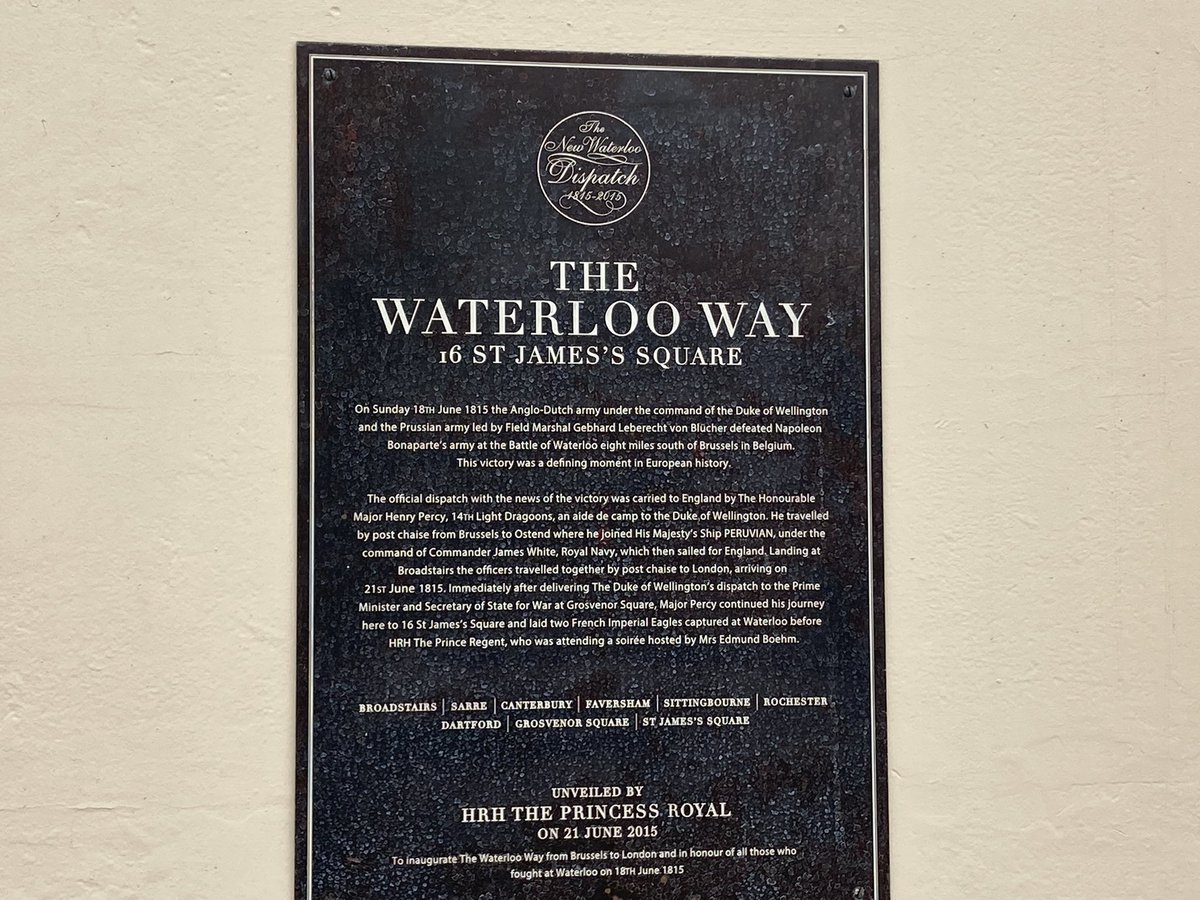

Where gaslighters congregate? #londonfogg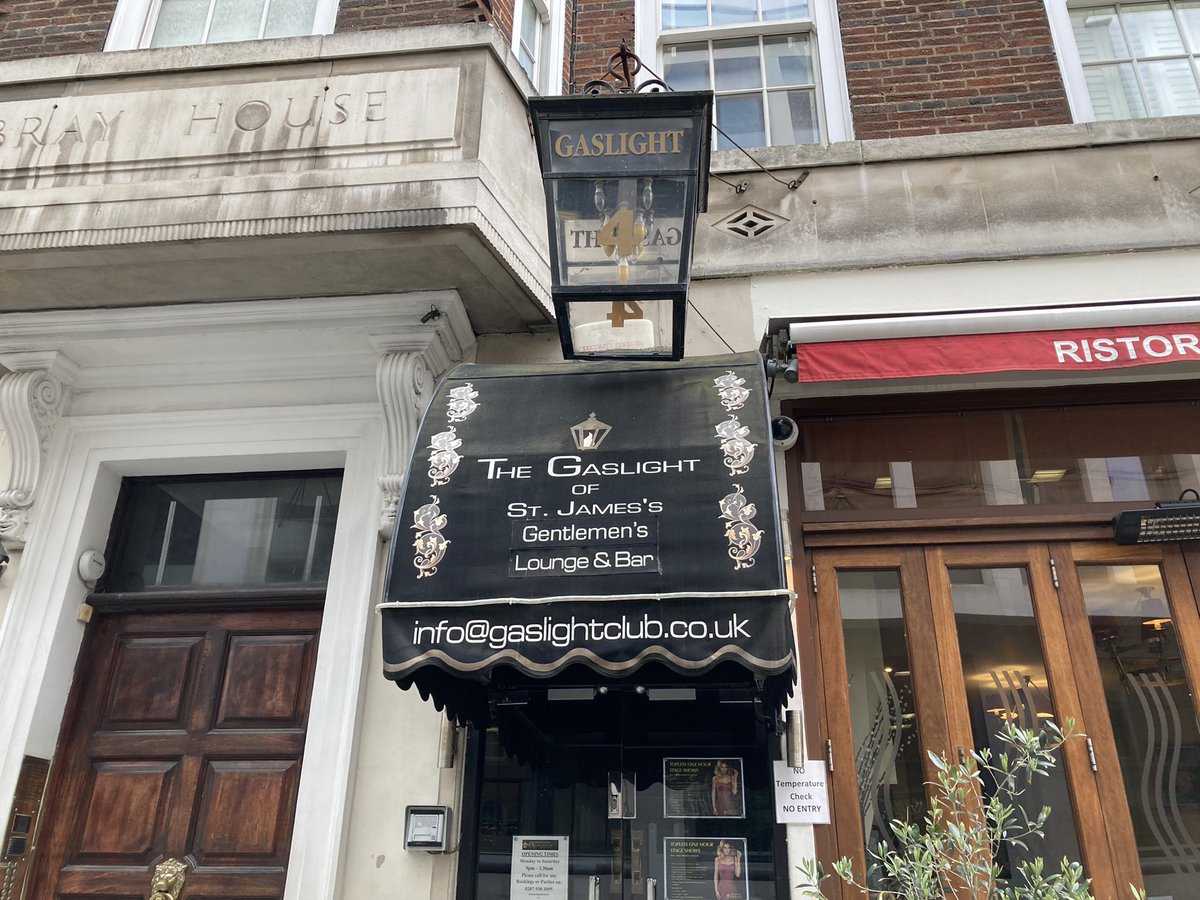

But we can see a bit more of France and a first taste of Italy, both in Soho, where French and Italian communities have had long links (and long drinks). French Huguenots settled here in the late 17th C. and the 1893 French church is still in Soho Square. #londonfogg

The French House in Dean Street has only had its name since 1984 but as the York Minster it was still known as the French pub for decades. After France fell to the Nazis in WW2, Charles de Gaulle hung out here (as many boozy London writers and artists did later). #londonfogg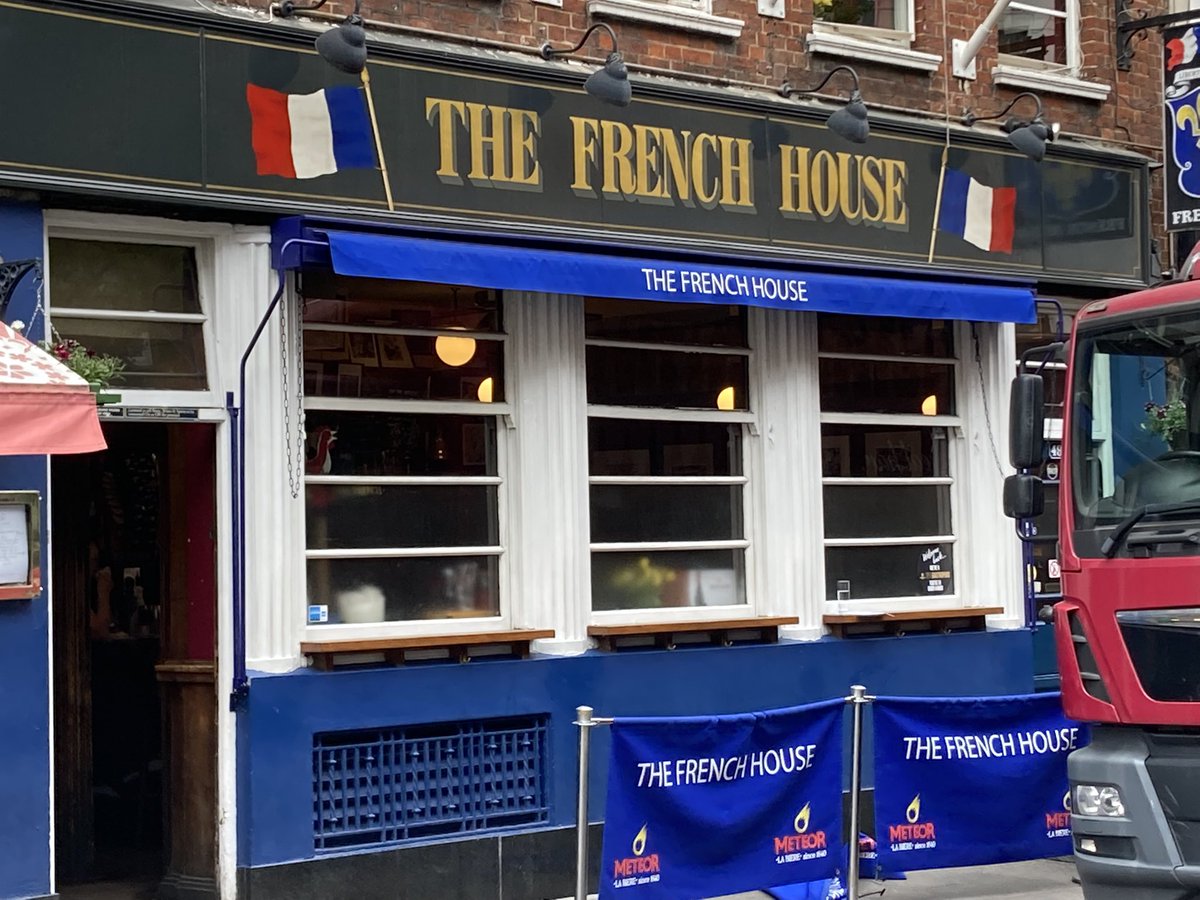

Oh and let’s not forget Maison Bertaux in Greek Street, whose founder fled Paris in 1871, just a year before Phileas Fogg travelled through the city by train. #londonfogg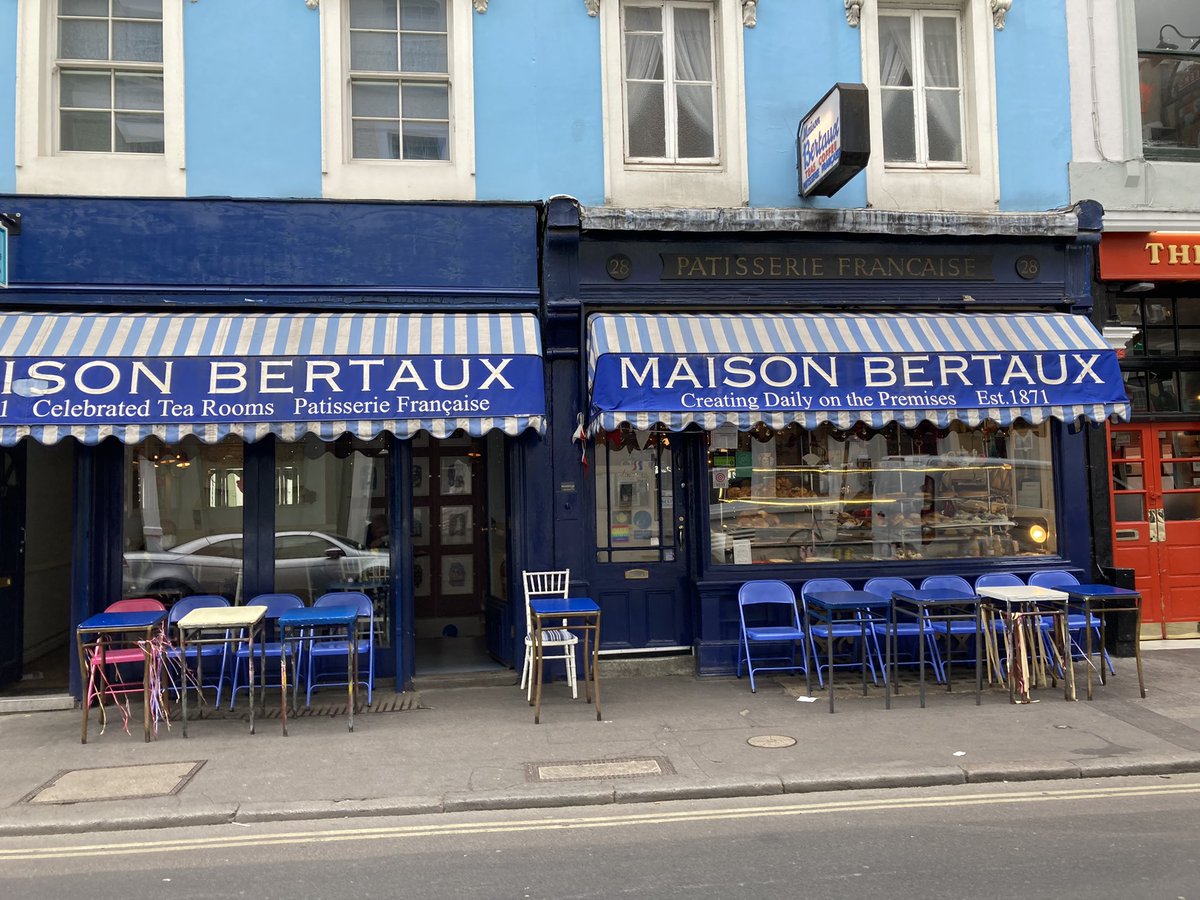

London still has an Italian quarter and that’s where I’m off to next – but on the way here’s a sign of another of London’s Italian communities, still in Soho, where political refugees began to gather in the 1860s. (Gloucester Road has an Italian bookshop, BTW.) #londonfogg

Five miles walked so far, slightly ahead of (lost) schedule, fuelled by a delicious pain au choc from Bertaux. #londonfogg
St Peter’s Italian Church, opened 1863, is a focal point for London’s Little Italy, around Clerkenwell Road and Saffron Hill, and is modelled on a basilica in Rome. This area even had a local Godfather, Charles Sabini, 1888-1950 (he popped up in Peaky Blinders). #londonfogg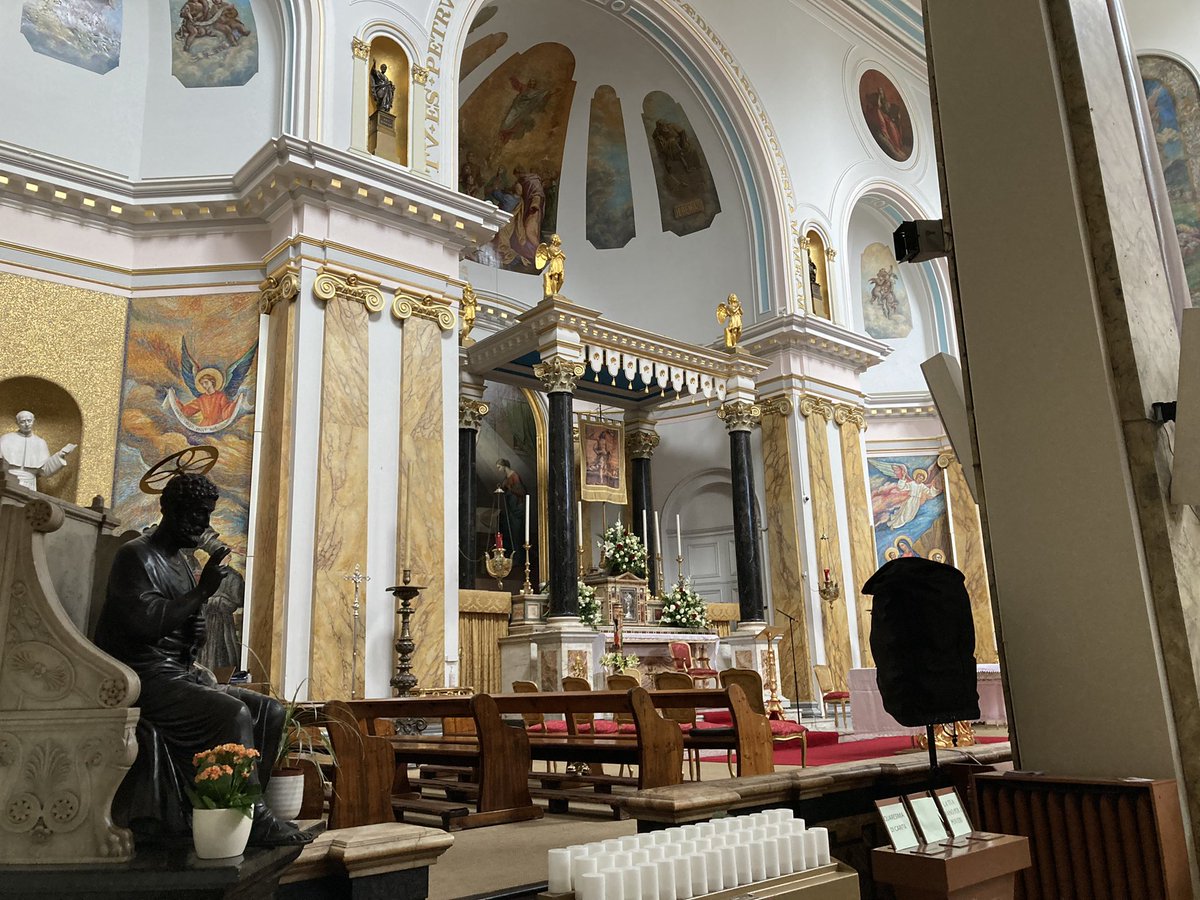

(Side note: apparently saffron was originally grown in Saffron Hill in the 14th century to disguise the taste of the rancid meat eaten by Londoners! It was later where Dickens set Fagin’s den. #londonfogg) 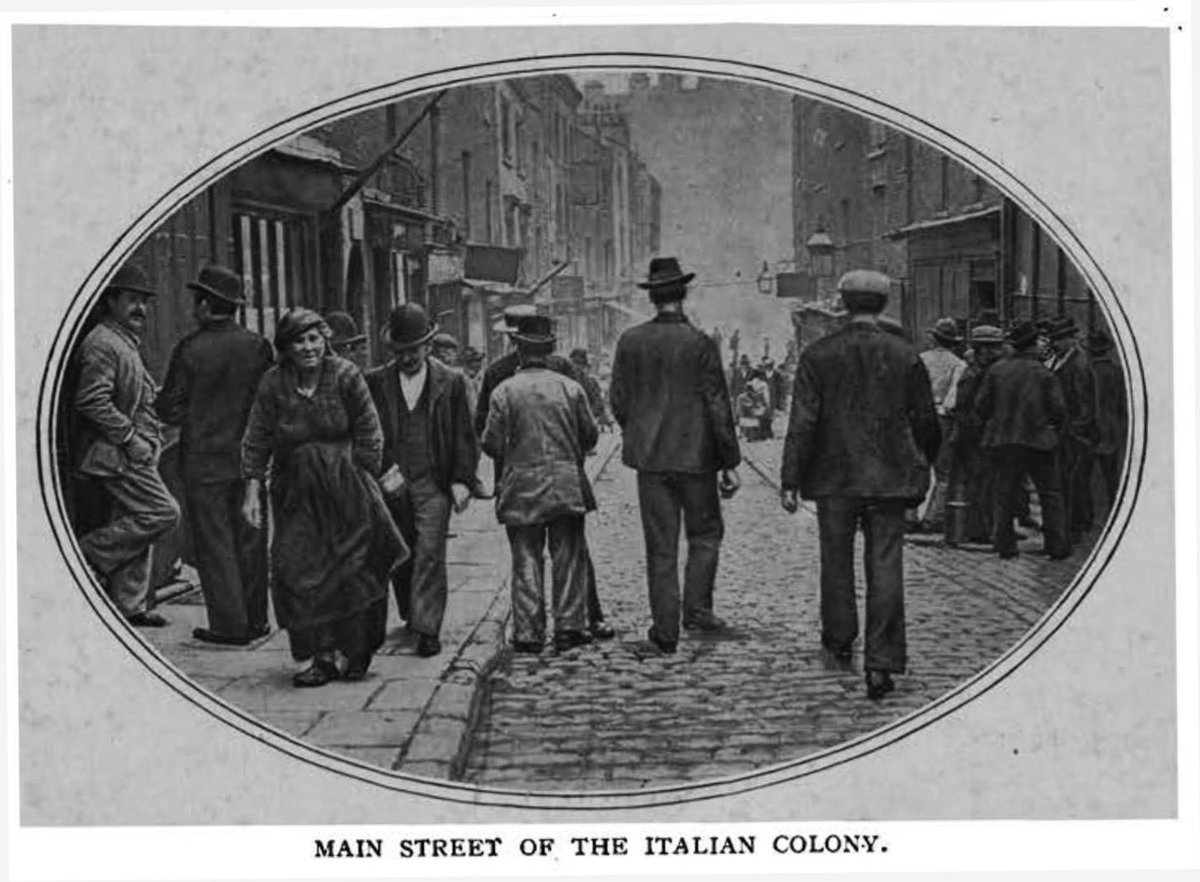

Phileas Fogg hurtled through Turin and down to Brindisi for the steamer to Suez. London has a Turin Street in Bethnal Green and a Turin Road in Edmonton – too far for me today – but not even a building that I can find named after Brindisi. Prove me wrong! #londonfogg
On the theme of London streets, London has adjacent ones named after Fogg’s next two destinations: Suez Road & Aden Road, in distant Enfield (plus Suez Avenue, Brentford & Aden Grove, Stoke Newington). But my Egypt – 1.7 miles from St Peter’s – takes me south-west… #londonfogg
Thanks to British obsession with Egypt since the late 18th century, London has many connections with or nods to (or looted artefacts from) Egypt. I could hotfoot to Cleopatra’s Needle, Richmond Avenue in Islington or Highgate Cemetery, say, but instead I’ve come to… #londonfogg
The rather modest entrance of 170-3 Piccadilly, called Egyptian House. Today it is aptly home to the Egyptian State Tourist Office – but this 1906 building stands on the site of a London phenomenon: the Egyptian Hall, built here a century beforehand. #londonfogg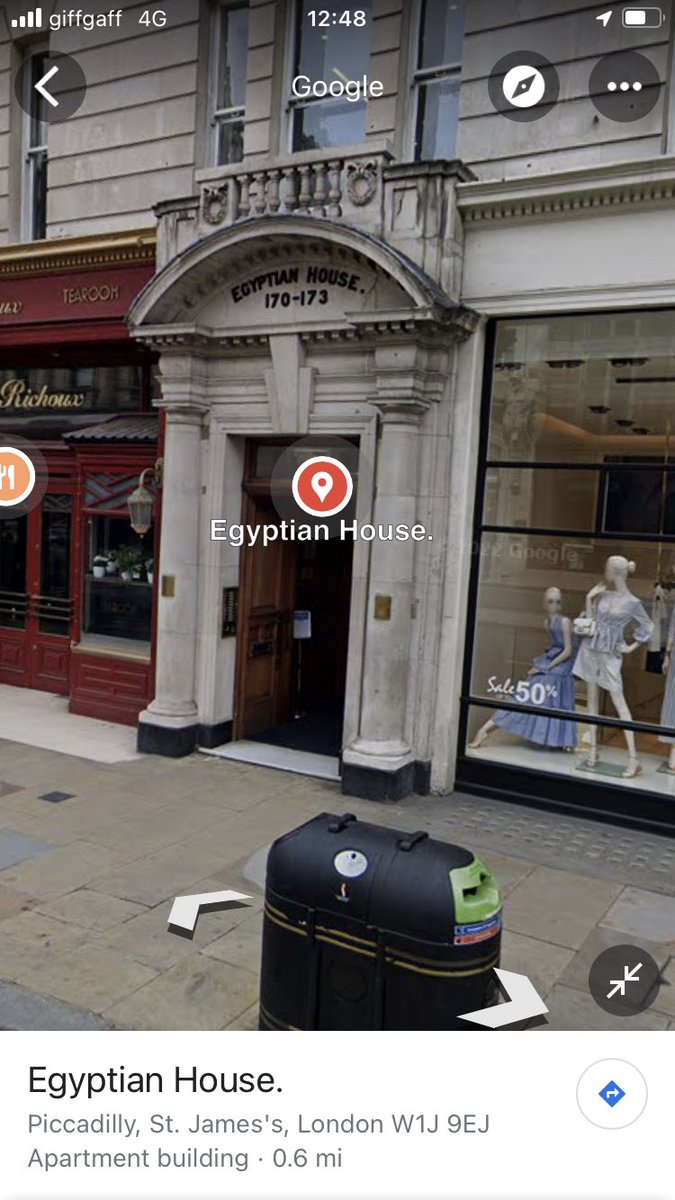

Egyptian Hall – London’s 1st ‘Egyptian’ building – was created by collector William Bullock (whose Liverpool Museum had been nearby), and packed with art and relics. In Fogg’s era it hosted the celebrated magicians and debunkers of spiritualism Maskelyne & Cooke. #londonfogg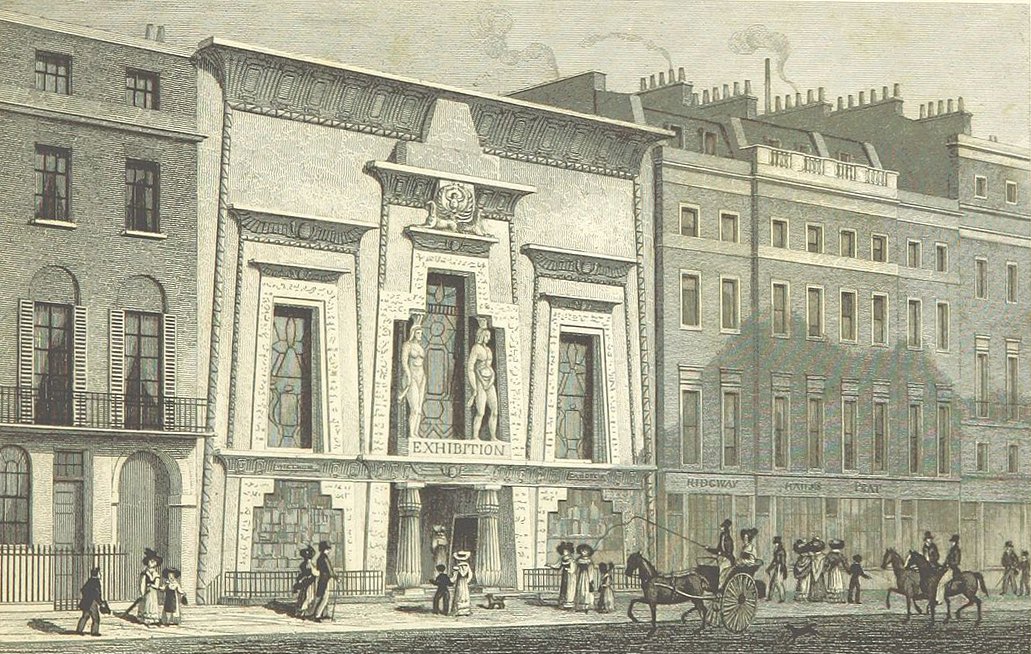

(Apparently the two statues in the previous picture still exist, guarding the private goods lift of the Museum of London! #londonfogg)
Phileas Fogg steamed through the Suez Canal, which had only opened 3 years before his fictional visit, and down the Red Sea to Aden, which was then an outpost of British India. Today it’s the capital of Yemen. London has a Yemeni Community Association in Kingston. #londonfogg

But my canal will have to be the 1801 Paddington Basin, and my Yemen is represented nearby – London’s only Yemeni restaurant, the Queen of Sheba in Bouverie Place. (‘Monsieur Bouverie, c’est moi?’) The legendary biblical queen is claimed by both Ethiopia and Yemen. #londonfogg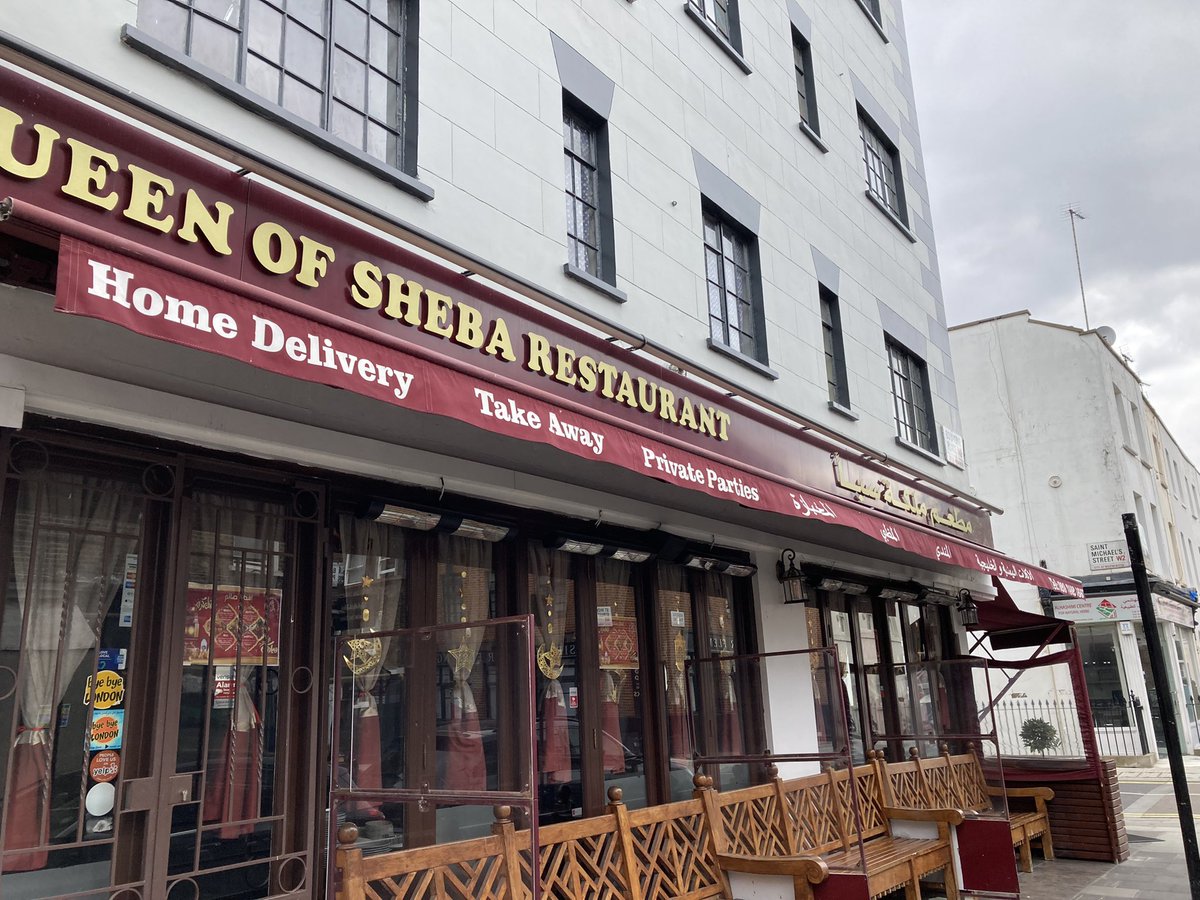

Fogg got his visa stamped in Aden & promptly returned to playing whist. But his servant took more interest: “Passepartout… sauntered about among the mixed population of Somalis, Banyans, Parsees, Jews, Arabs and Europeans who comprise the 25,000 inhabitants of Aden” #londonfogg
11 miles walked so far – feet hurt! But am only 1 minute behind schedule 🥾#londonfogg
After Aden, Fogg continued his voyage by sea to Bombay (Mumbai) and then by train (& elephant) to Allahabad and Calcutta (Kolkata). London has a Bombay Street in Bermondsey and Calcutta Road in Tilbury, but my longest stretch of the day (2.8 miles) takes me to… #londonfogg
India House at Aldwych is home to the High Commission of India, in geographical terms incongruously next to Australia House. India House opened in 1930 and is adorned with emblems for the 12 provinces of the British Raj era. #londonfogg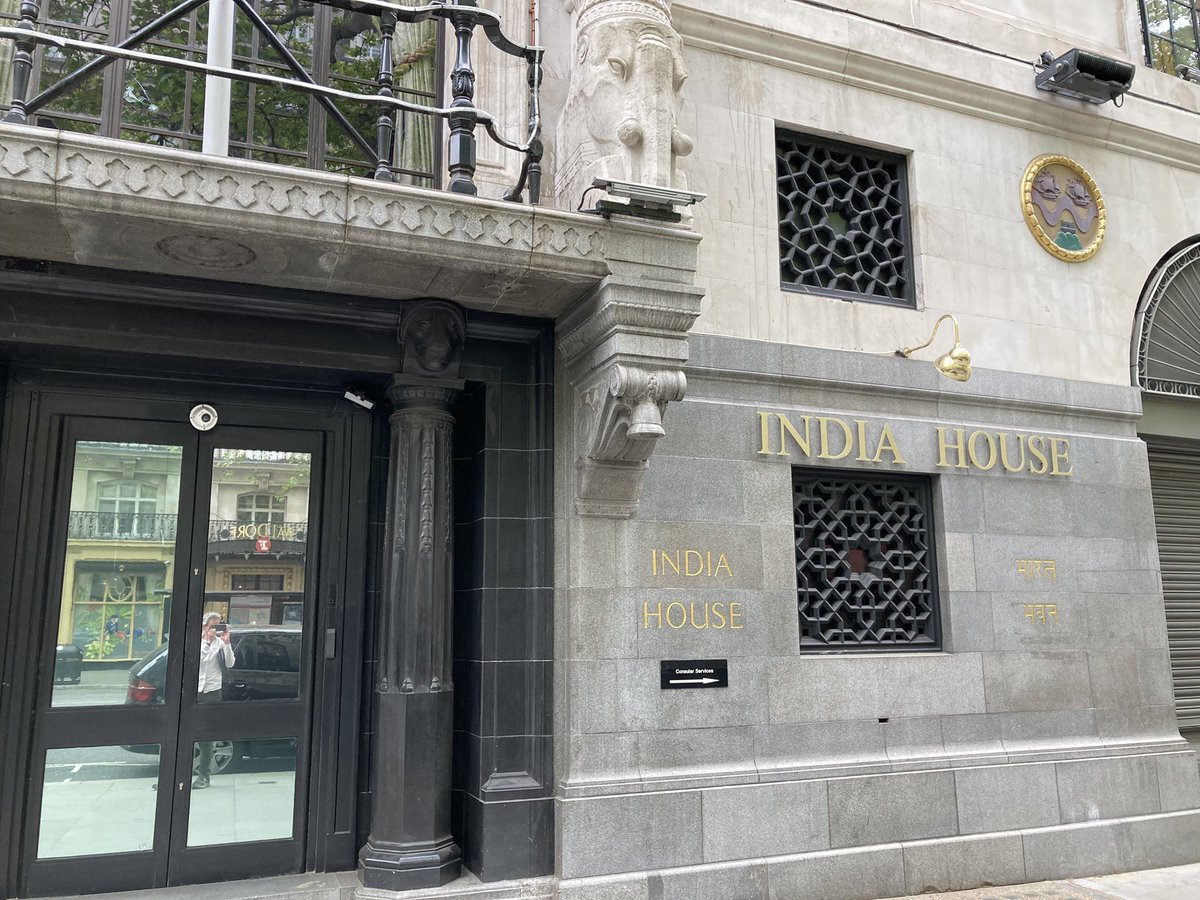
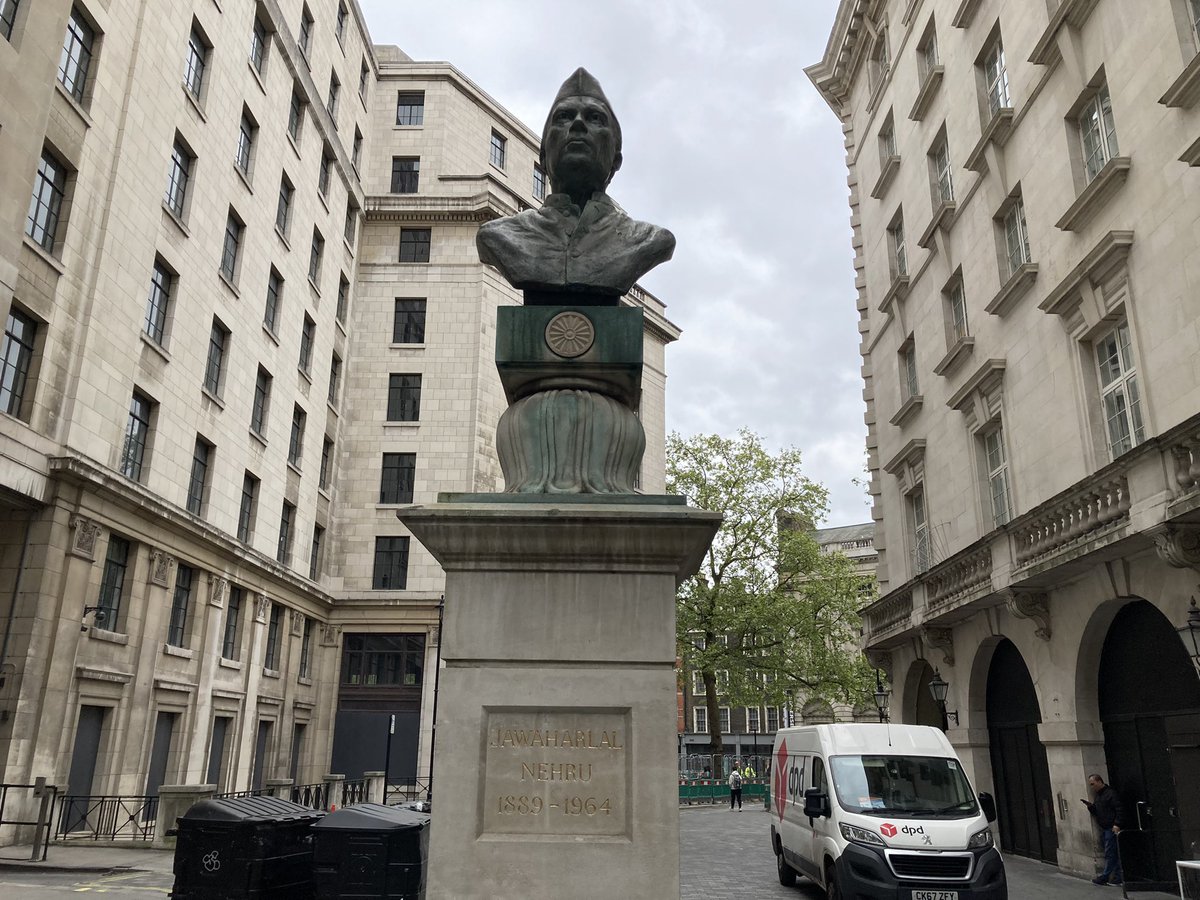


Getting the train to Southall would perhaps be more Indian, more fun and more tasty. Another time! Though thank you @huel for inventing a meal I can have on the hoof. #londonfogg
Fogg left India by steamer, down through another vital shipping channel, the Strait of Malacca, to Singapore. London’s Singapore spots are the High Commission in Wilton Crescent & the nondescript Tourism Board in Regent Street, which I’m taking as the easy option. #londonfogg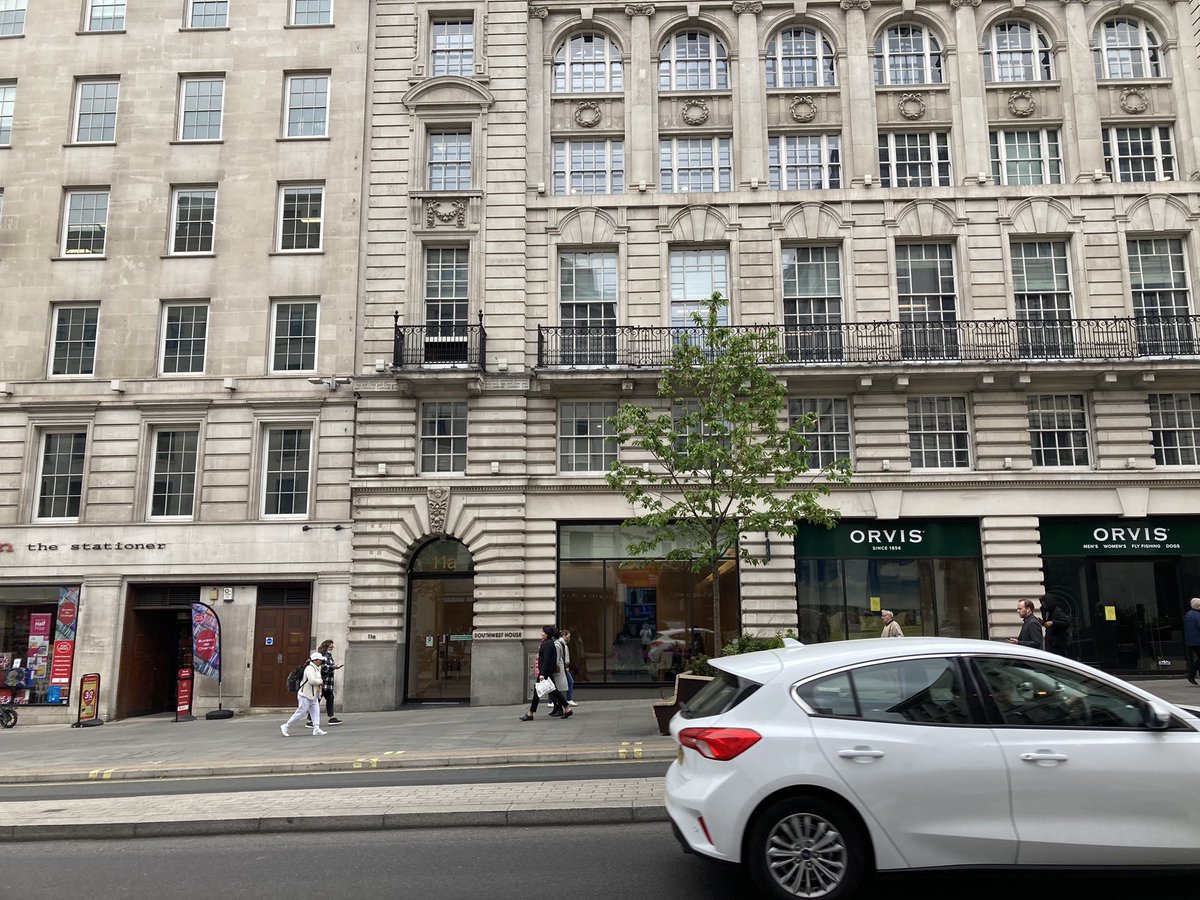

Verne noted: “The island of Singapore is not imposing in aspect, for there are no mountains; yet its appearance is not without attractions… the town… is a vast collection of heavy-looking, irregular houses, surrounded by charming gardens rich in tropical fruits…” #londonfogg
And thence to Hong Kong – a British colony from 1842 to 1997 – and Shanghai. The obvious – and nearby! – place for me to go is London’s Chinatown, centred on Gerrard Street (a street with connections to John Dryden, Dr Johnson and Joshua Reynolds). #londonfogg

Verne: “Docks, hospitals, wharves, a Gothic cathedral, a government house, macadamised streets, give to Hong Kong the appearance of a town in Kent or Surrey transferred by some strange magic to the antipodes.” Chinatown maybe offers the same magic t’other way around. #londonfogg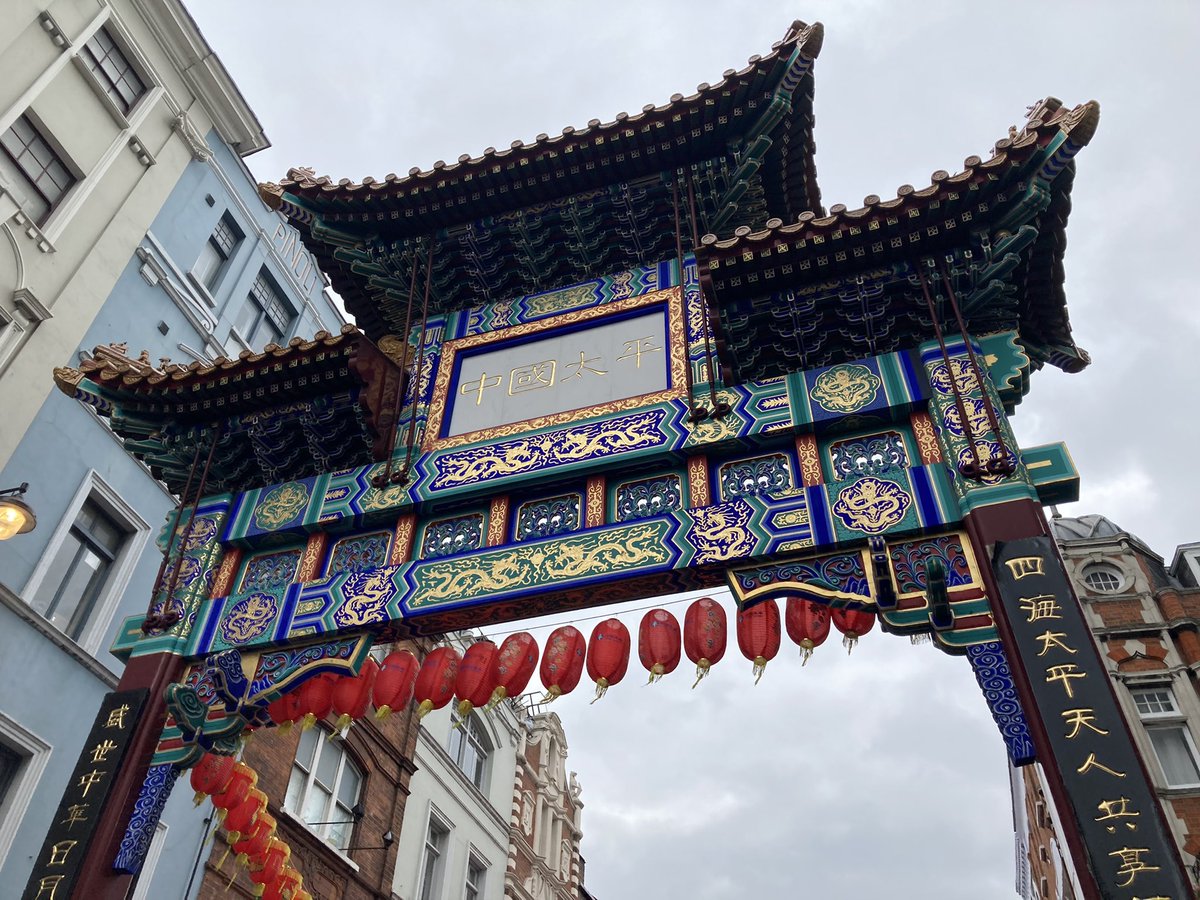

London’s real Chinese history was focused in Limehouse in the East End, home to many Chinese sailors (and the Victorian fascination with opium dens) until bombing in the Blitz. Modern Chinatown only dates from the 1950s. Its 2016 gate is in the Qing dynasty style. #londonfogg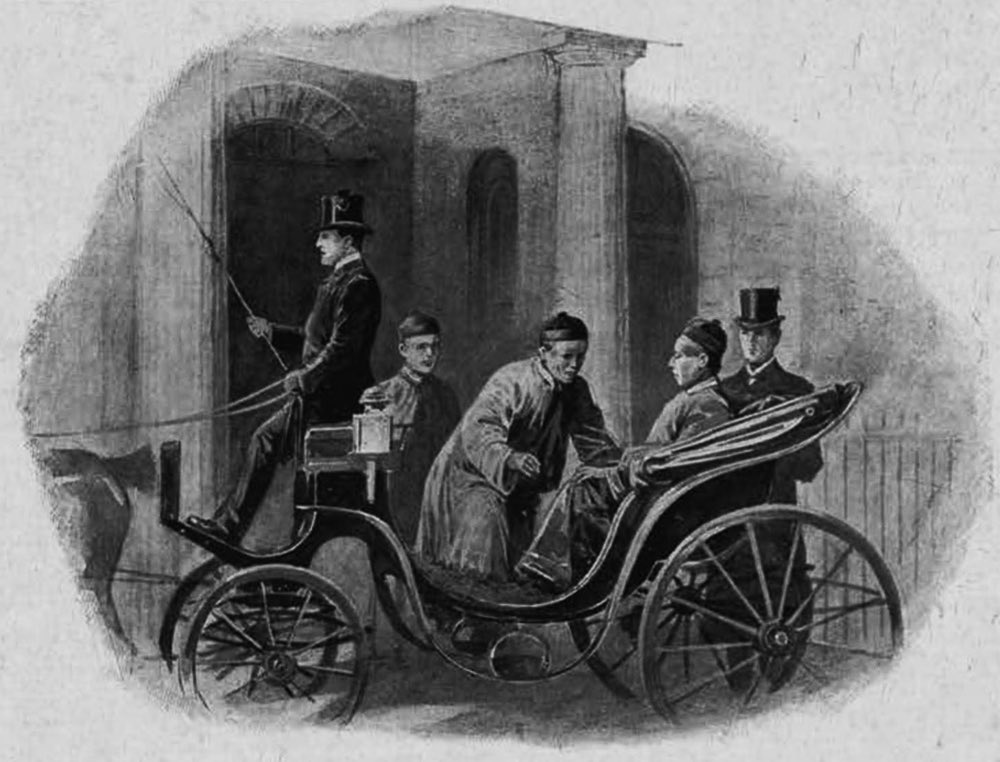

Another short hop brings me to the Japan Centre in Panton Street, a food hall and retail centre which has been here since 1976. (Crouch Hill has a Japan Crescent; the Japan House cultural and design centre is in Kensington; Holland Park has the Kyoto Zen garden.) #londonfogg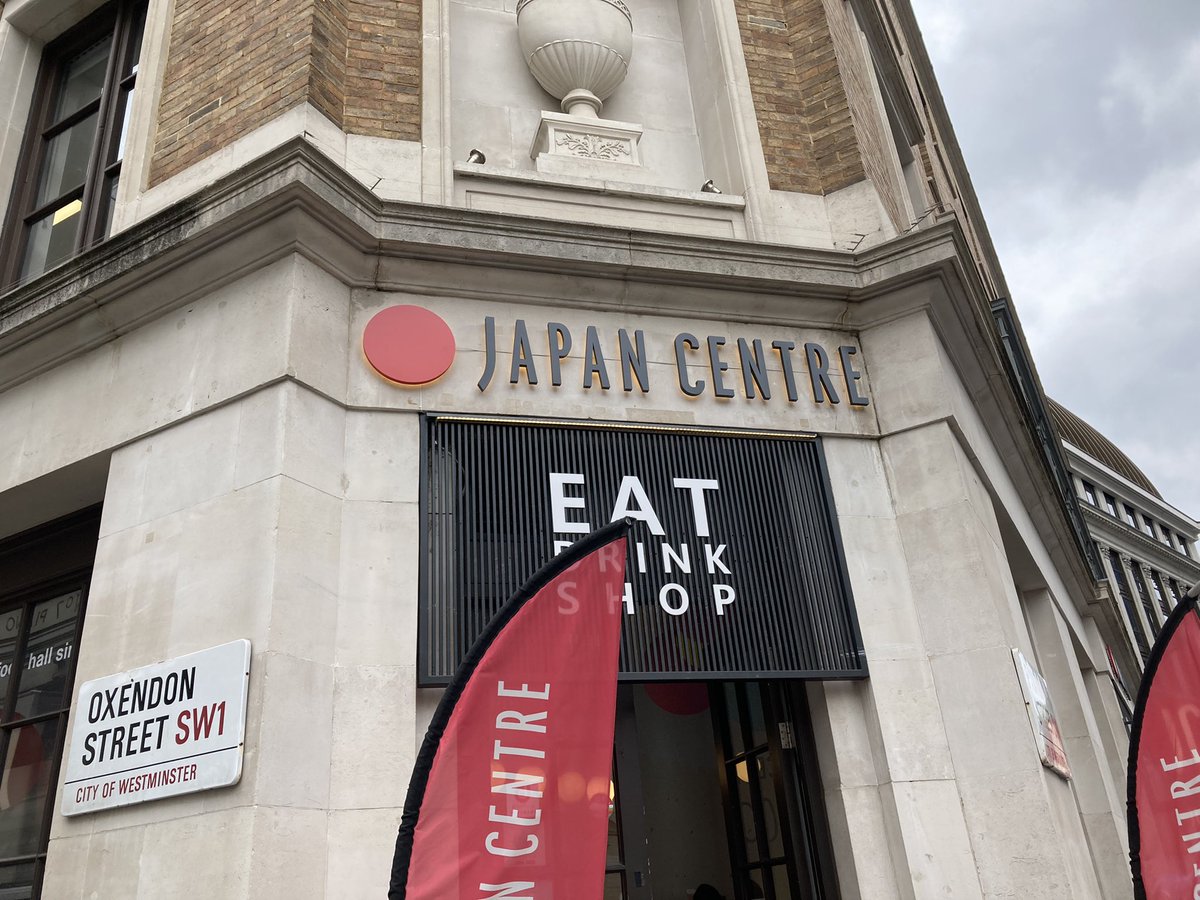

(Some Japanese London trivia for you: in 1921 Crown Prince Hirohito sat for a portrait at Augustus John’s house in Chelsea. And the Albert Hall hosted the first ever sumo wrestling tournament outside Japan, in 1991. #londonfogg)
Verne describes Yokohama as “where all the mail-steamers, and those carrying travellers… put in” and Passepartout enjoys its “sacred gates of a singular architecture, bridges half hid in the midst of bamboos and reeds, temples shaded by immense cedar-trees…” #londonfogg
The Tardis ain’t what it used to be. #londonfogg

From Yokohama, Fogg took a 20-day crossing to San Francisco, and thence across the USA to New York by rail. I fancy a drink at the American Bar in the Savoy – but it’s shut. (Luckily I checked before committing my feet.) #londonfogg
Other slices of America in London include Benjamin Franklin’s house on Craven Street; various properties in Grosvenor Square have US links (including the former embassy, now in Nine Elms); and Joe Allen’s restaurant founded in 1977. But I’m off to the City… #londonfogg
My feet asked me to take this pic. 18 miles so far. Still on target though. #londonfogg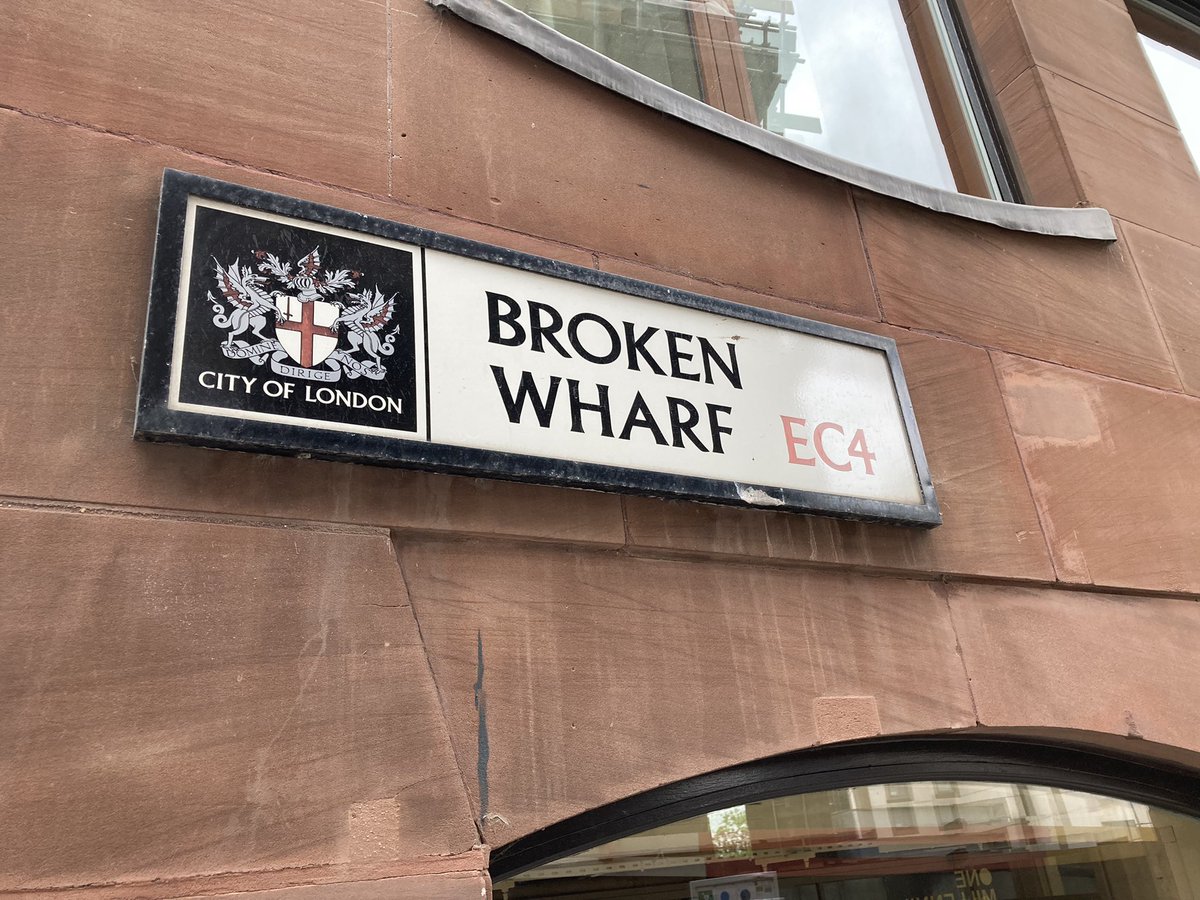

More slices of London history. #londonfogg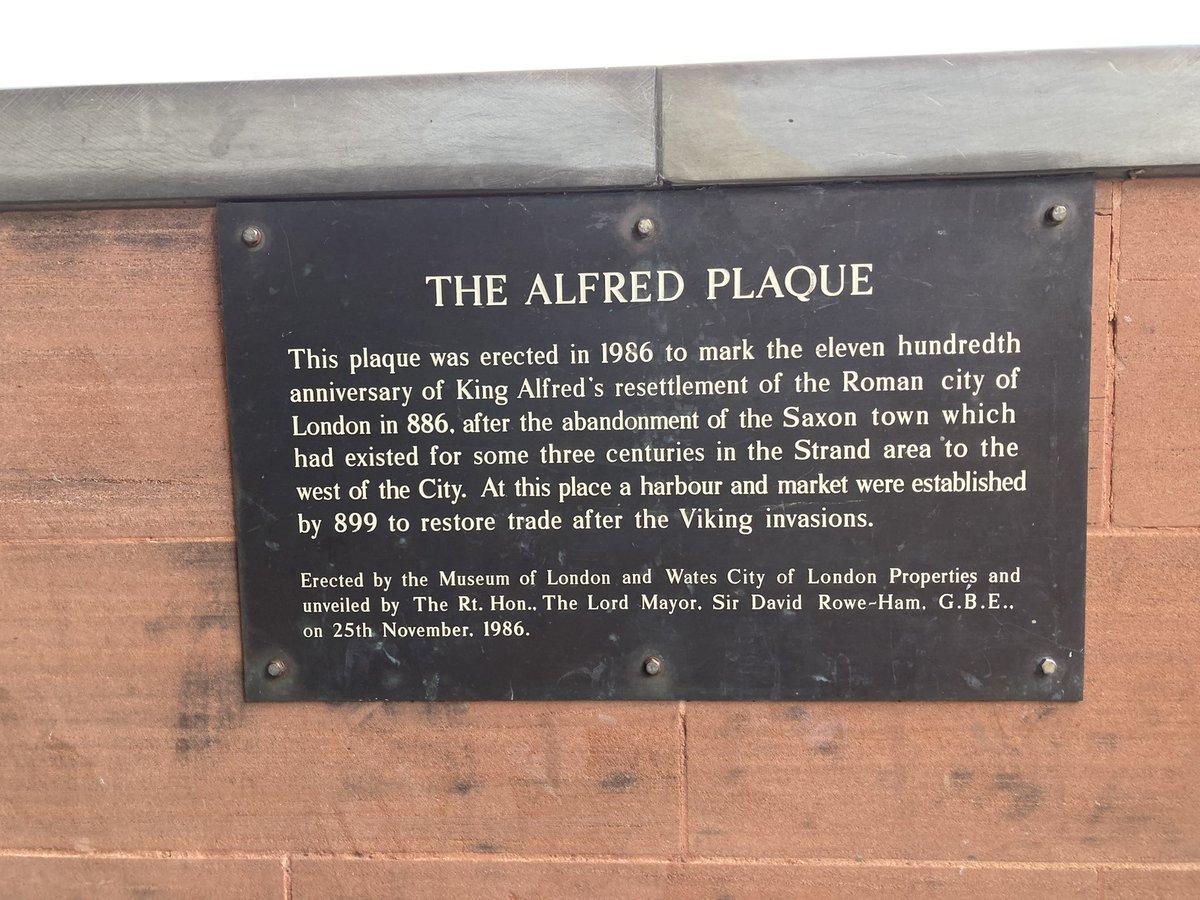



Seething Lane. Crutched Friars. My feet really are making a point now. #londonfogg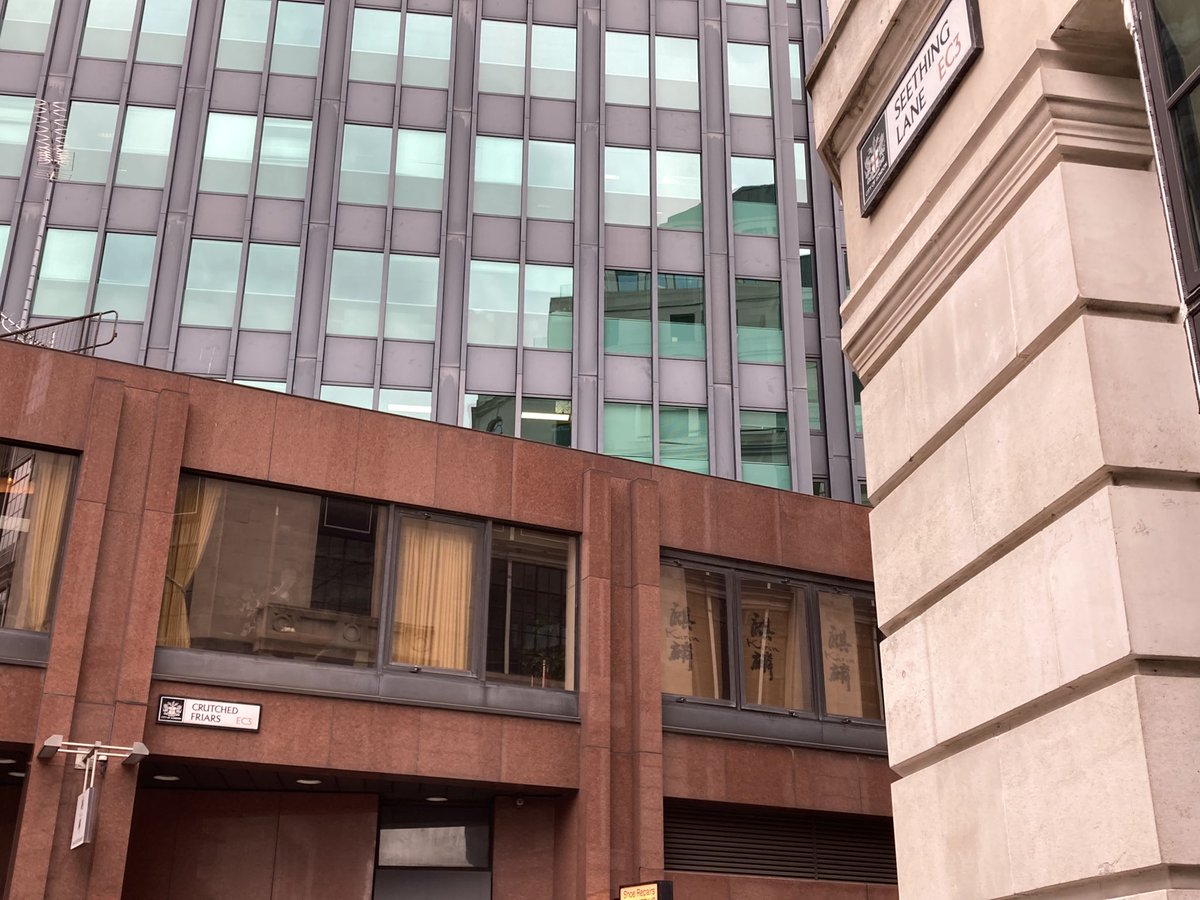

America Square is now dominated by modern buildings but it was originally built 1768-1774 by George Dance the Younger, it seems to celebrate Britain’s colonies in America and house some of their merchants and sea captains. Banker Nathan Mayer Rothschild lived here. #londonfogg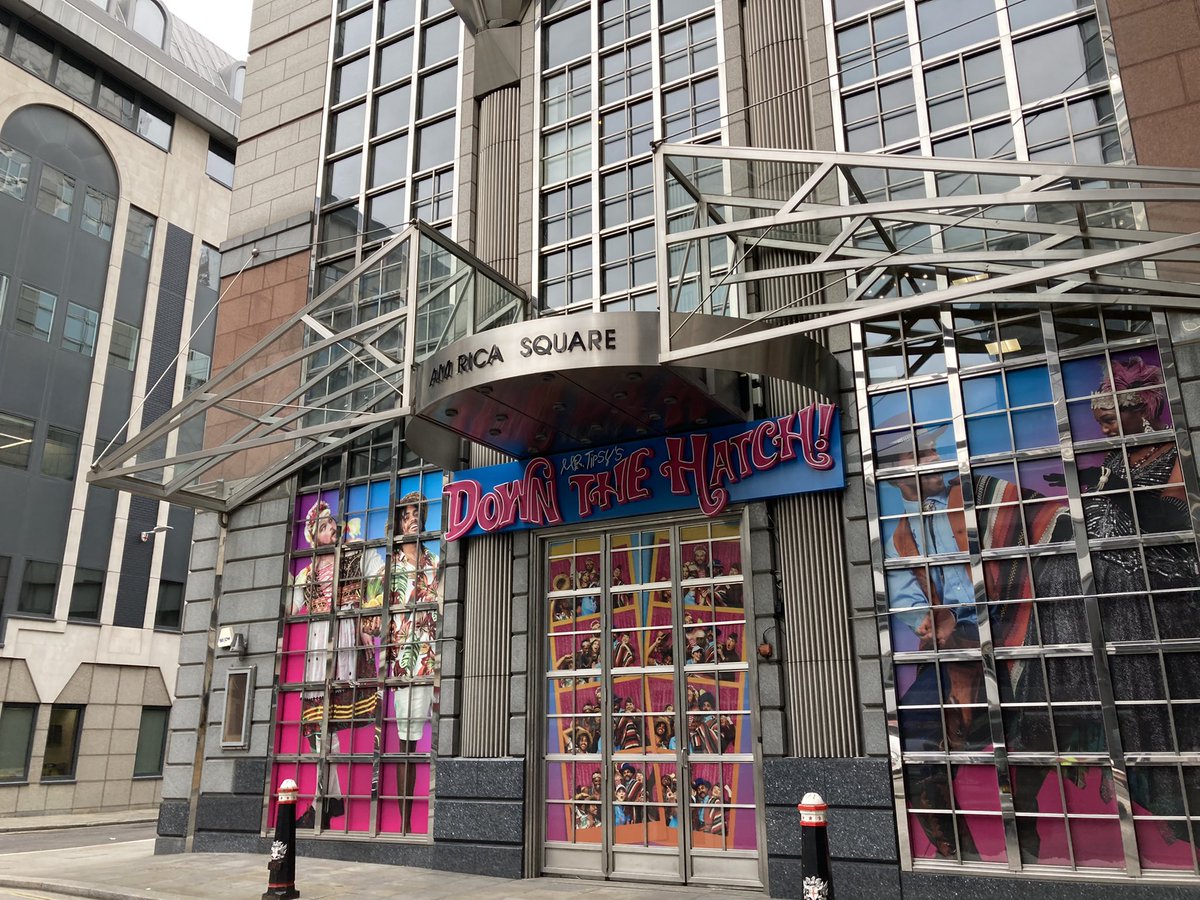
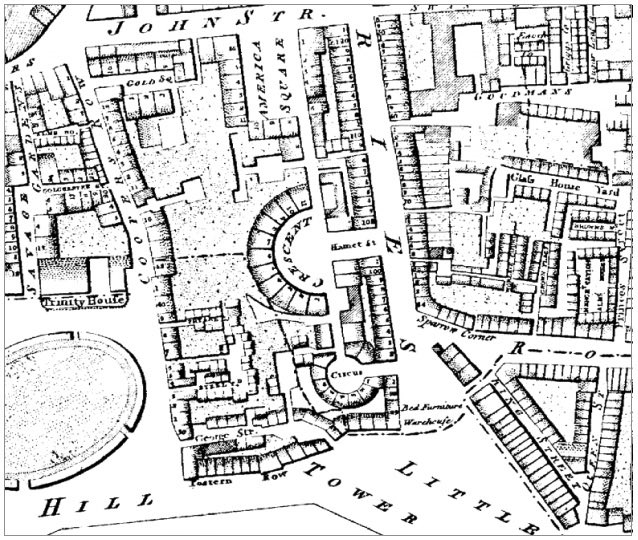


A stone obelisk stood in its centre, at least until the 1950s. The square survived the Blitz, but a 1944 V-1 strike caused major damage and no original buildings survive. Roman walls were rediscovered during construction of 1990 office complex One America Square. #londonfogg
Sadly I couldn’t access the chunk in the basement but the office manager has kindly just taken me round the corner to this. #londonfogg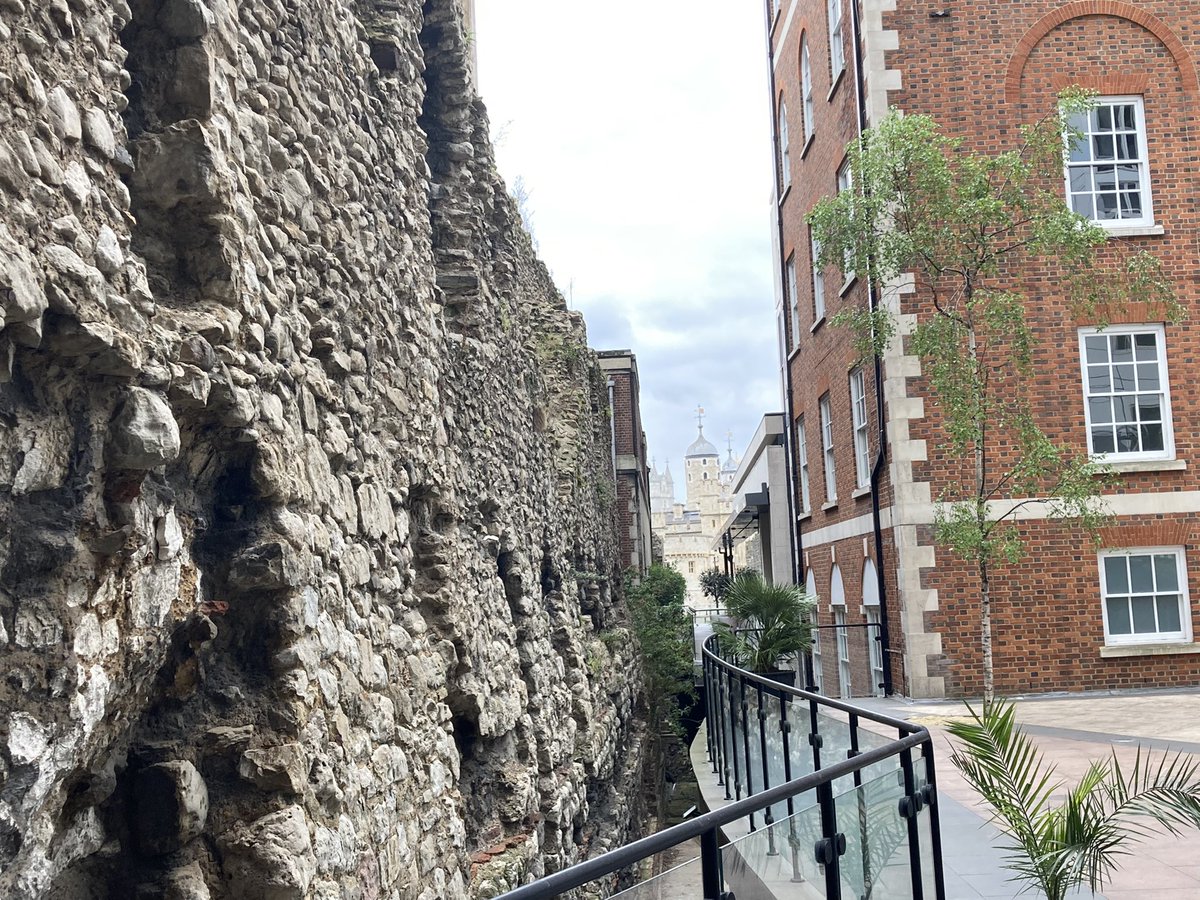
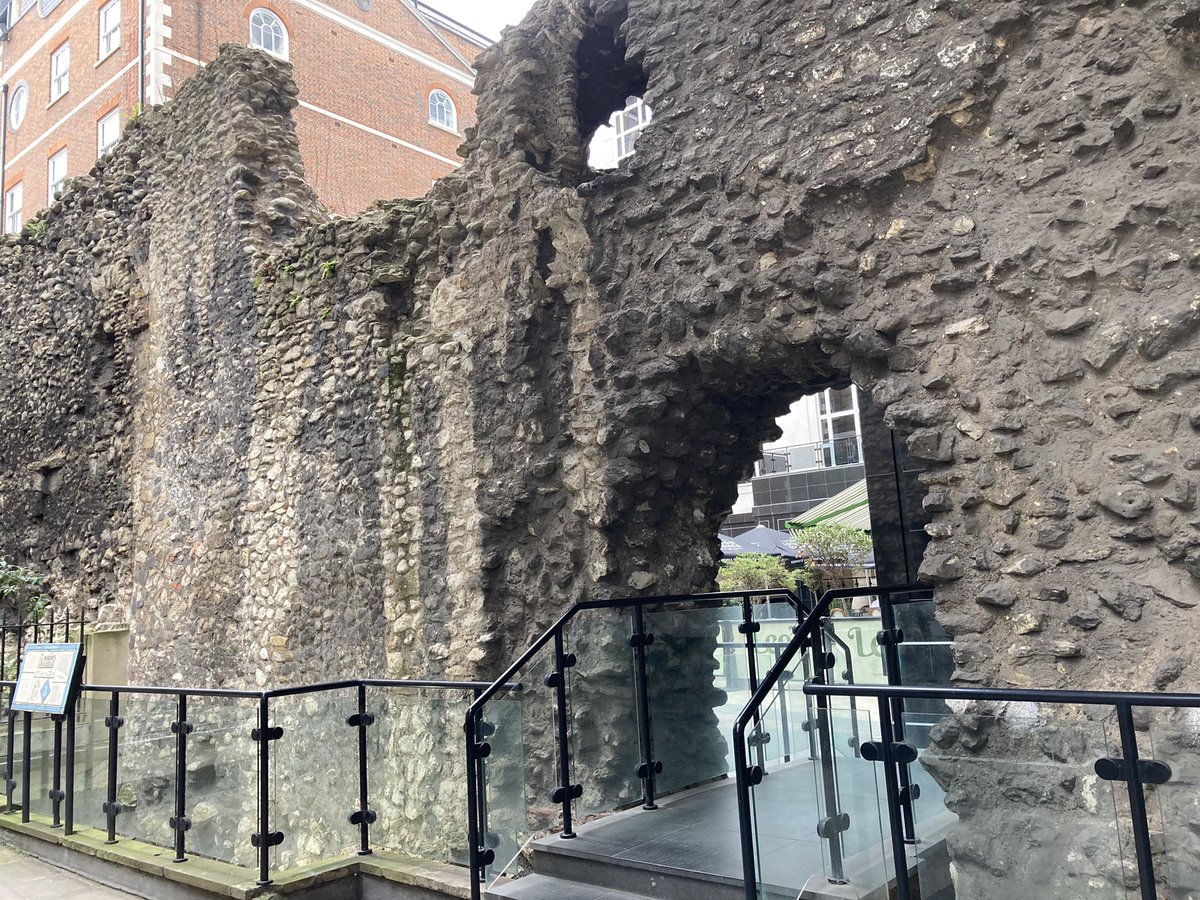


And in a nearby building, this! #londonfogg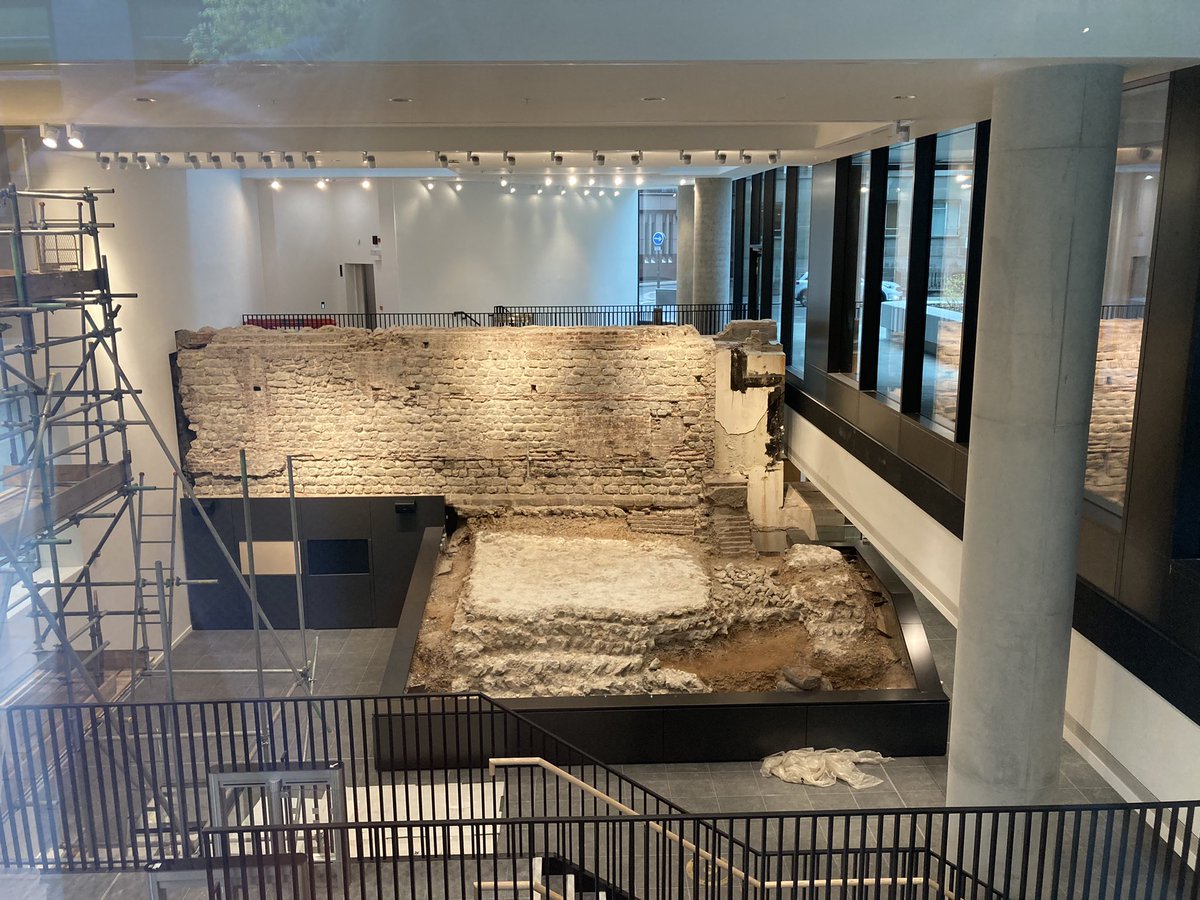
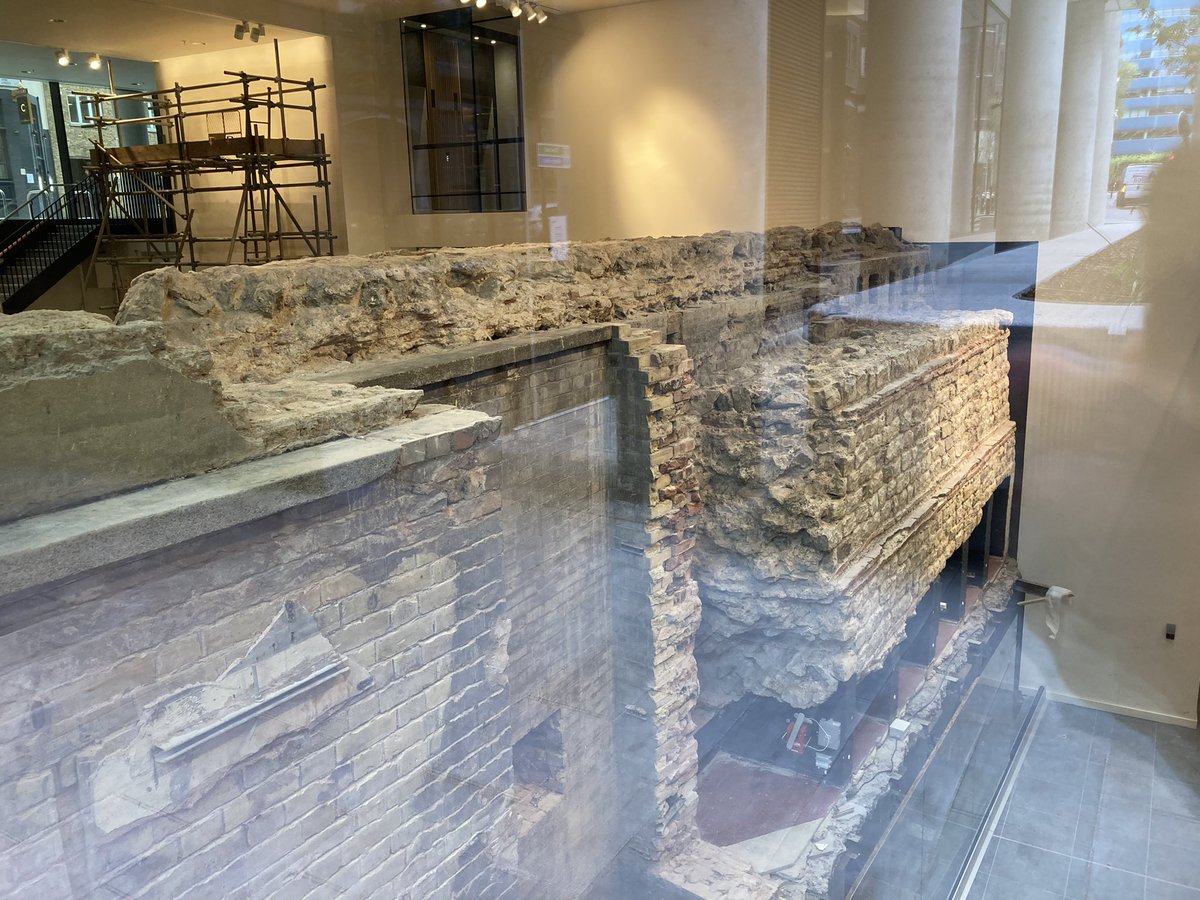


(Verne: On arriving in San Francisco “Passepartout observed with much curiosity the wide streets, the low, evenly ranged houses, the Anglo-Saxon Gothic churches, the great docks, the palatial wooden and brick warehouses, the numerous conveyances… #londonfogg)
From America, Fogg went by steamer to Ireland, then took the train from Queenstown to Dublin. The City of London has Ireland Yard, where Shakespeare bought a house in 1613, and 9 years earlier some of the Gunpowder Plot plotters had plotted. But I’m not going there… #londonfogg
Here’s the London Stone, psychically propping up the metropolis, in a happier location now than last time I saw it years ago. #londonfogg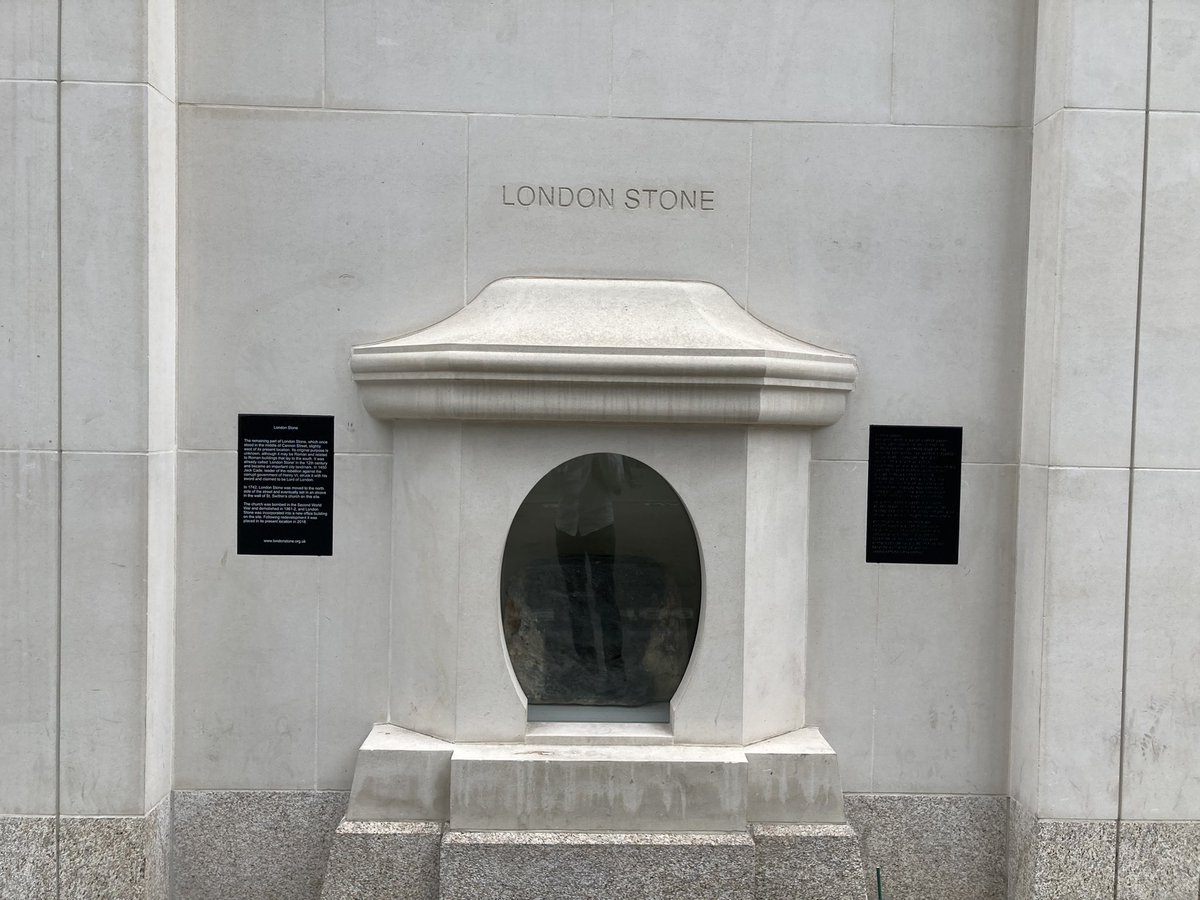
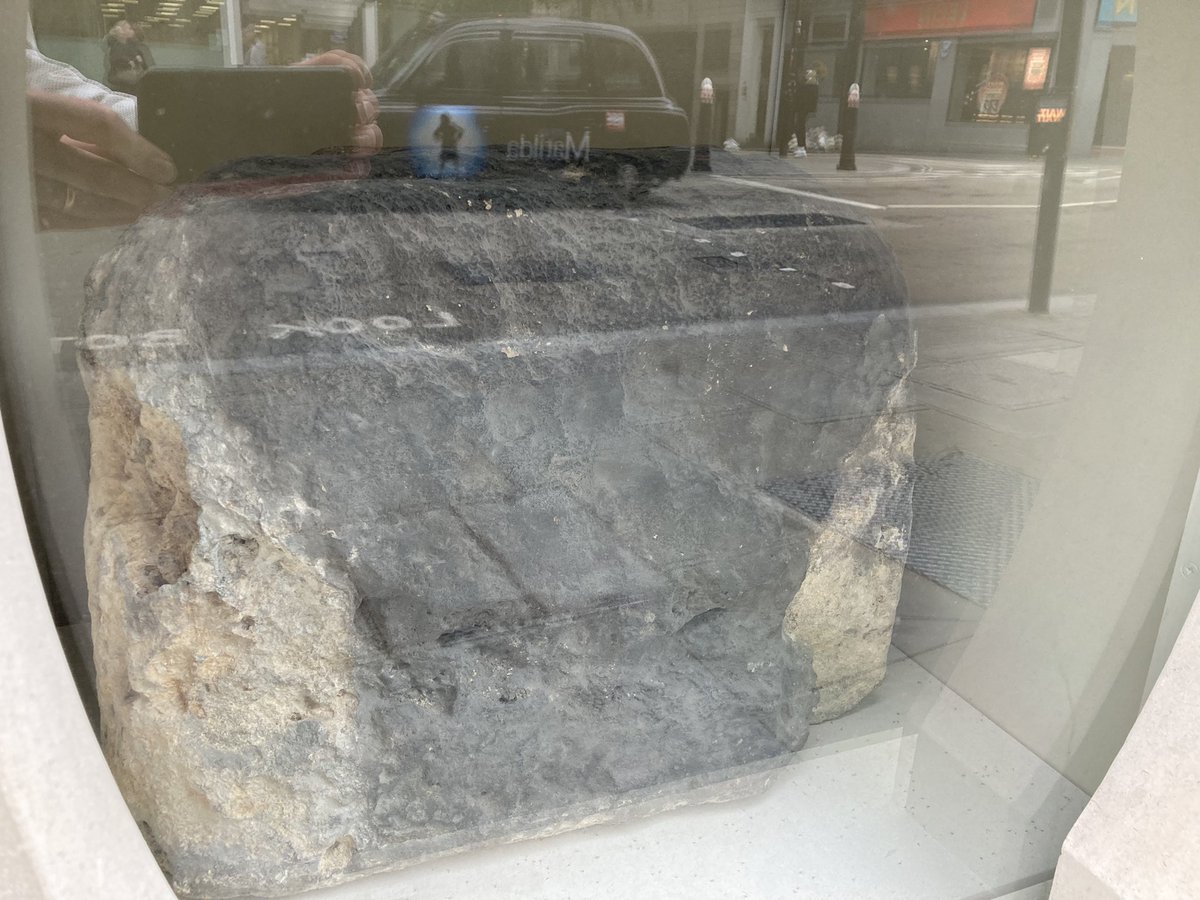


London has Queenstown Road and Dublin Avenue. Nope, not there either. The north London Irish community of Kilburn is too far, as is the Irish Cultural Centre in Hammersmith. Instead, my feet take me to… #londonfogg
What *claims* to be the first ever Irish pub outside Ireland. A sign used to say it was founded c.1700 by Mooney & Son at the Boar’s Head, 66 Fleet Street – and the first to serve Guinness. But the plaque outside was riddled with fictions… #londonfogg

Now it seems the sign has gone and – I wasn’t expecting this – the pub is no more. A dusty Mooney carving marks the doorstep. So it goes. #londonfogg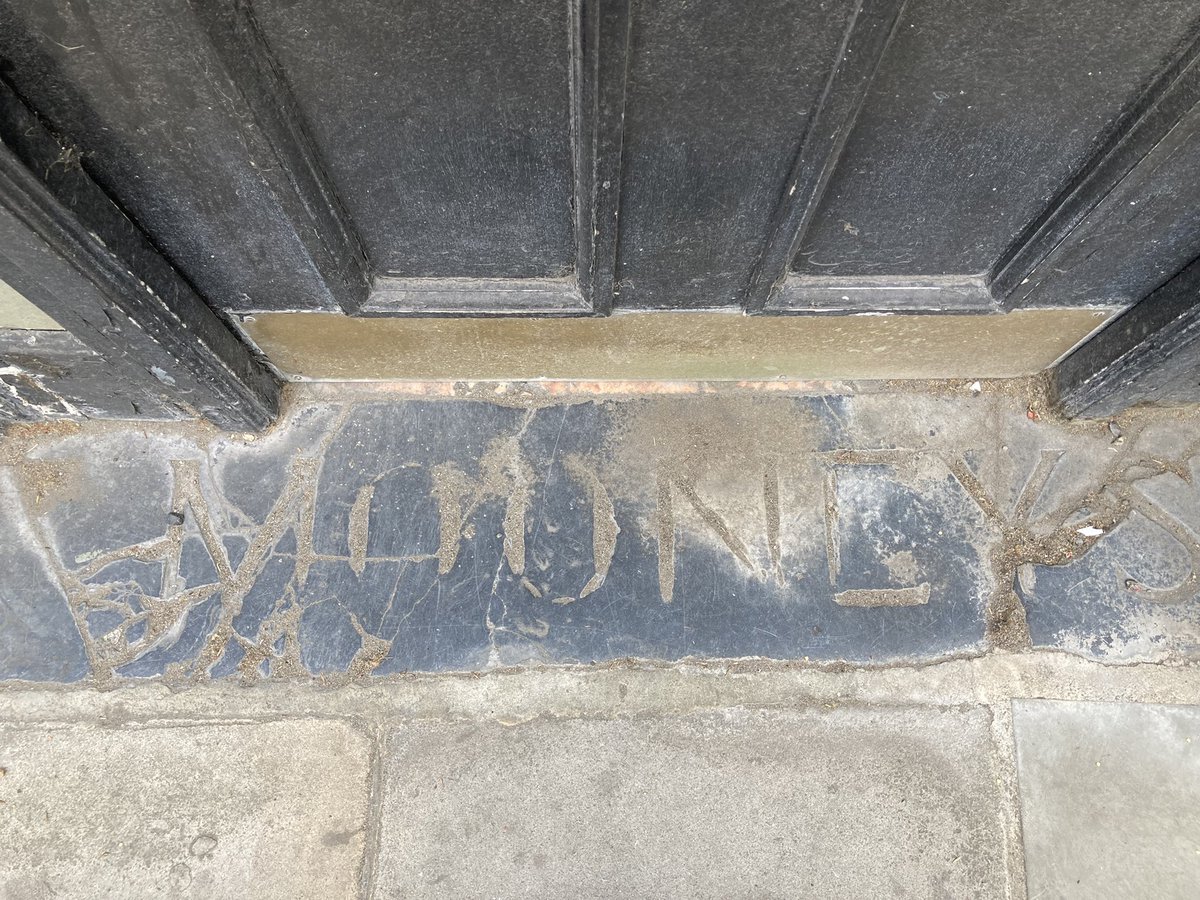

The site was also associated with the Bolt-in-Tun inn next door, and only became Mooney’s Irish House in 1895 & The Tipperary c.1968 (not after WW1 as claimed). An excellent article by @zythophiliac(zythophile.co.uk/2018/09/27/the…) provides the facts behind the… blarney. #londonfogg
Signs of old Fleet Street types. #londonfogg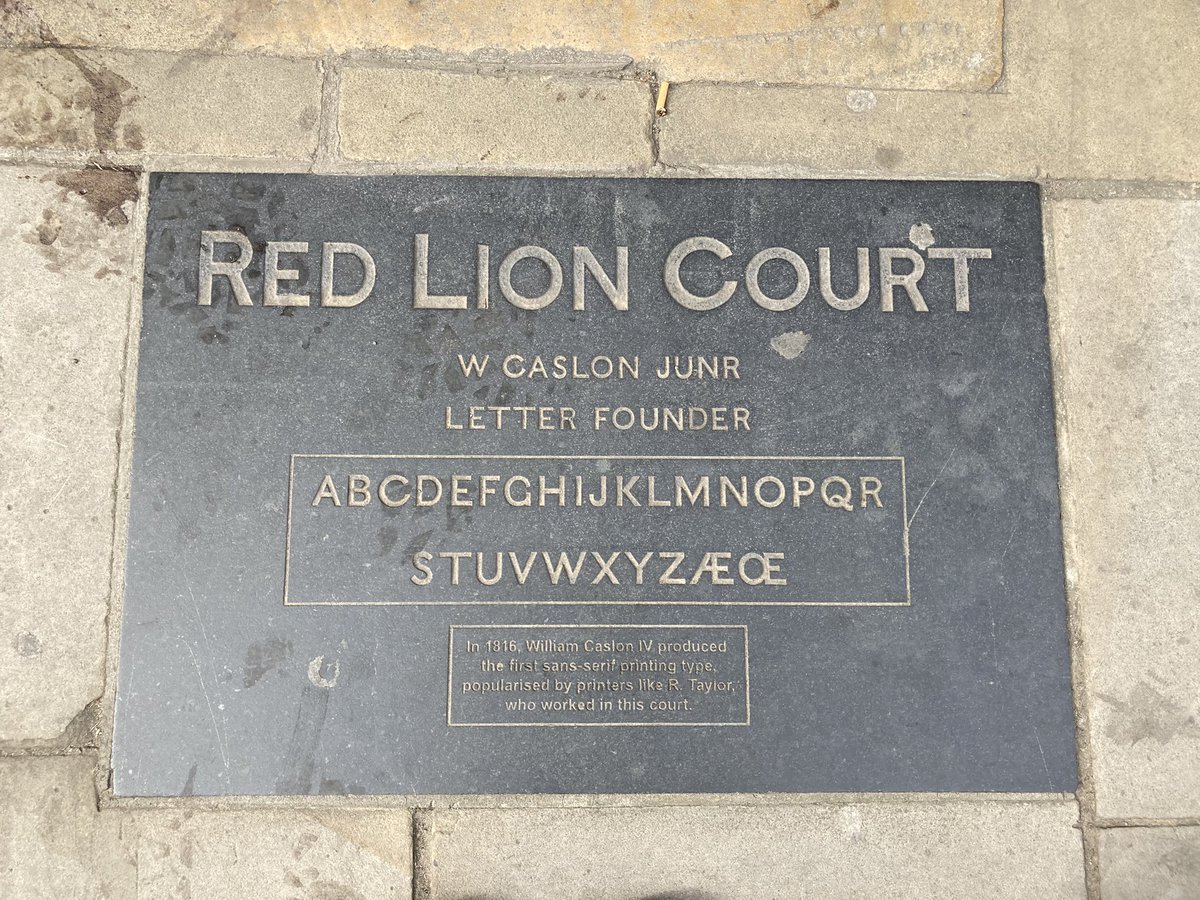
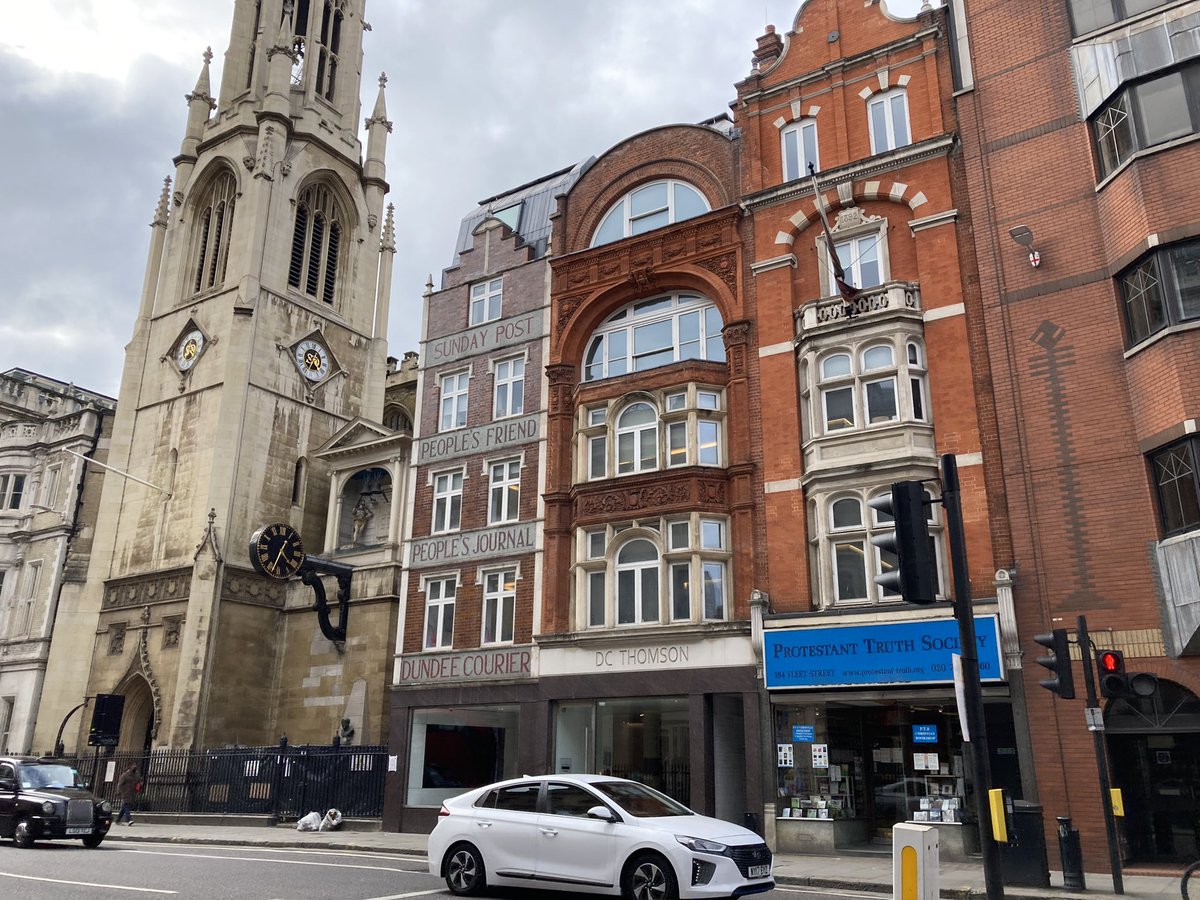


Back to Britain. Fogg landed in Liverpool (London’s Liverpool Street & Road were actually named after early 19th C. prime minister Lord Liverpool, who had chuff all to do with the place). His train would have taken him to Euston, but the book doesn’t mention it. #londonfogg
Euston Station first opened in 1837 and was expanded in 1849. By Fogg’s time the London & North Western Railway connected Liverpool and London directly. Verne says the journey took 6 hours but Fogg ordered a special train, taking 5 and a half. Today it’s half that. #londonfogg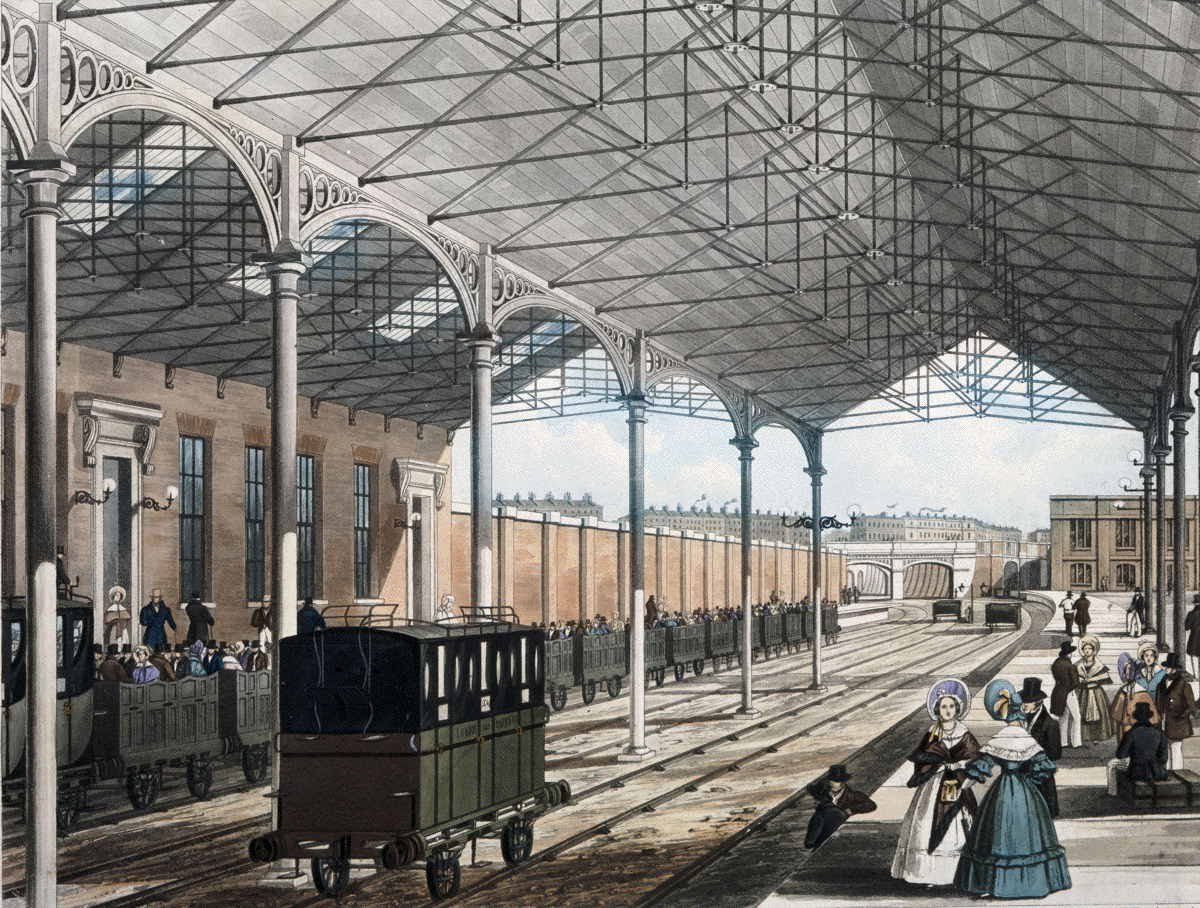

The final push, past a suitably Foggish hat shop. #londonfogg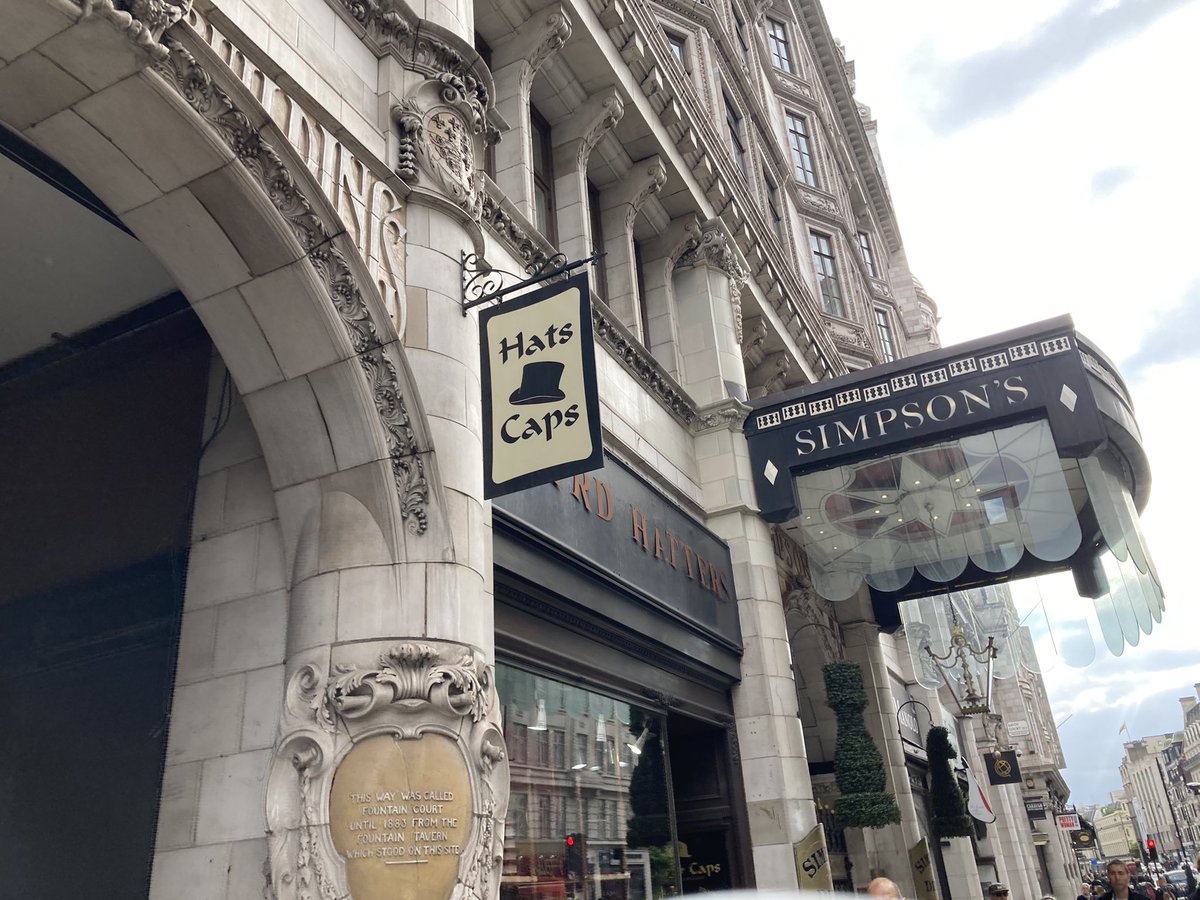

Back in London, Fogg believed he was 5 minutes late for the deadline – “having steadily traversed that long journey, overcome a hundred obstacles, braved many dangers… to fail near the goal” – so he just went home to Savile Row. #londonfogg
Having miscalculated the date, Fogg won his wager after all and hotfooted it back to the Reform Club… #londonfogg
So here I am again, after 23.3 miles of walking and 7 hours and 19minutes. So I made it! Now to Mr Fogg’s Society of Exploration (@MrFoggsGB) to celebrate! Pip pip. #londonfogg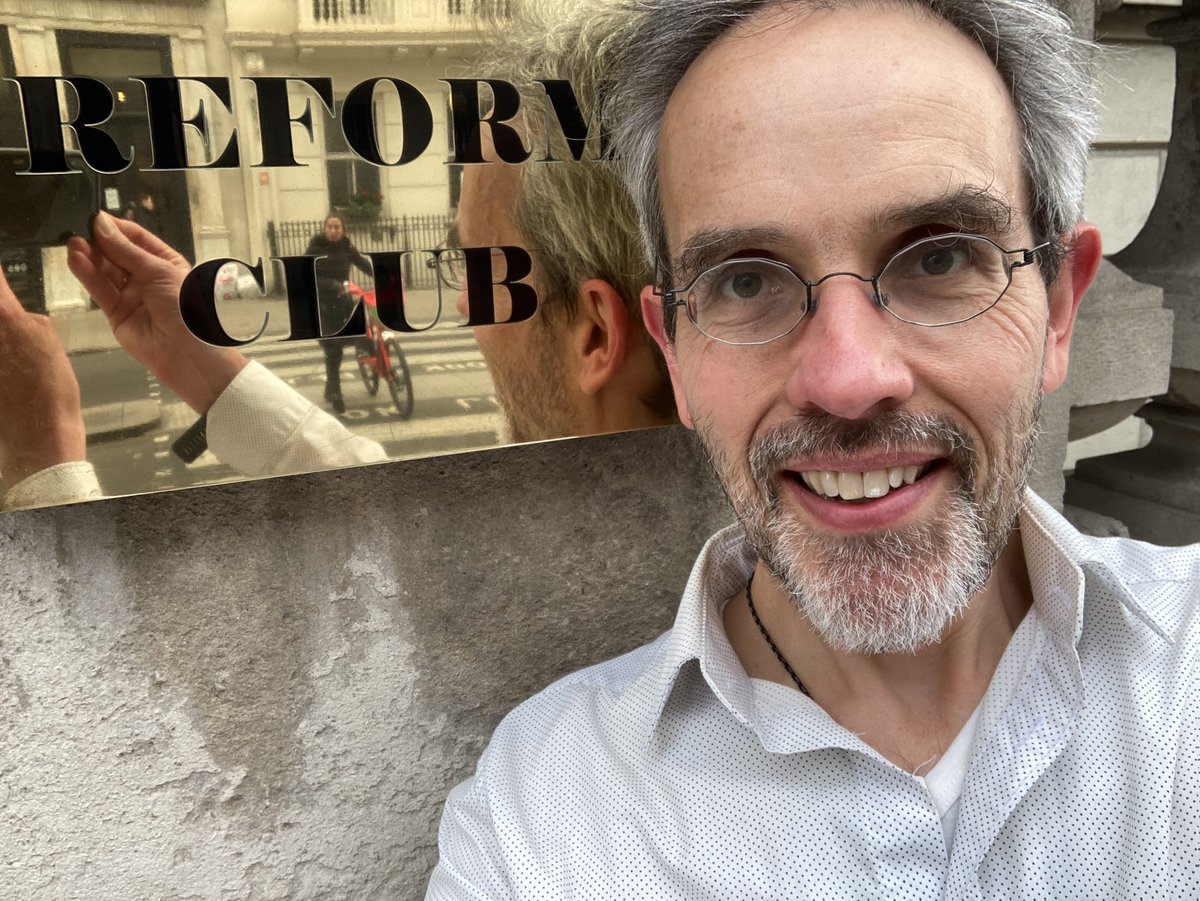

PS. If you’d like to read about one of the real-life adventurers who inspired Julles Verne, my weekly history-themed newsletter is about exactly that and goes out this evening. gethistories.com @gethistories). Thanks for following! #londonfogg